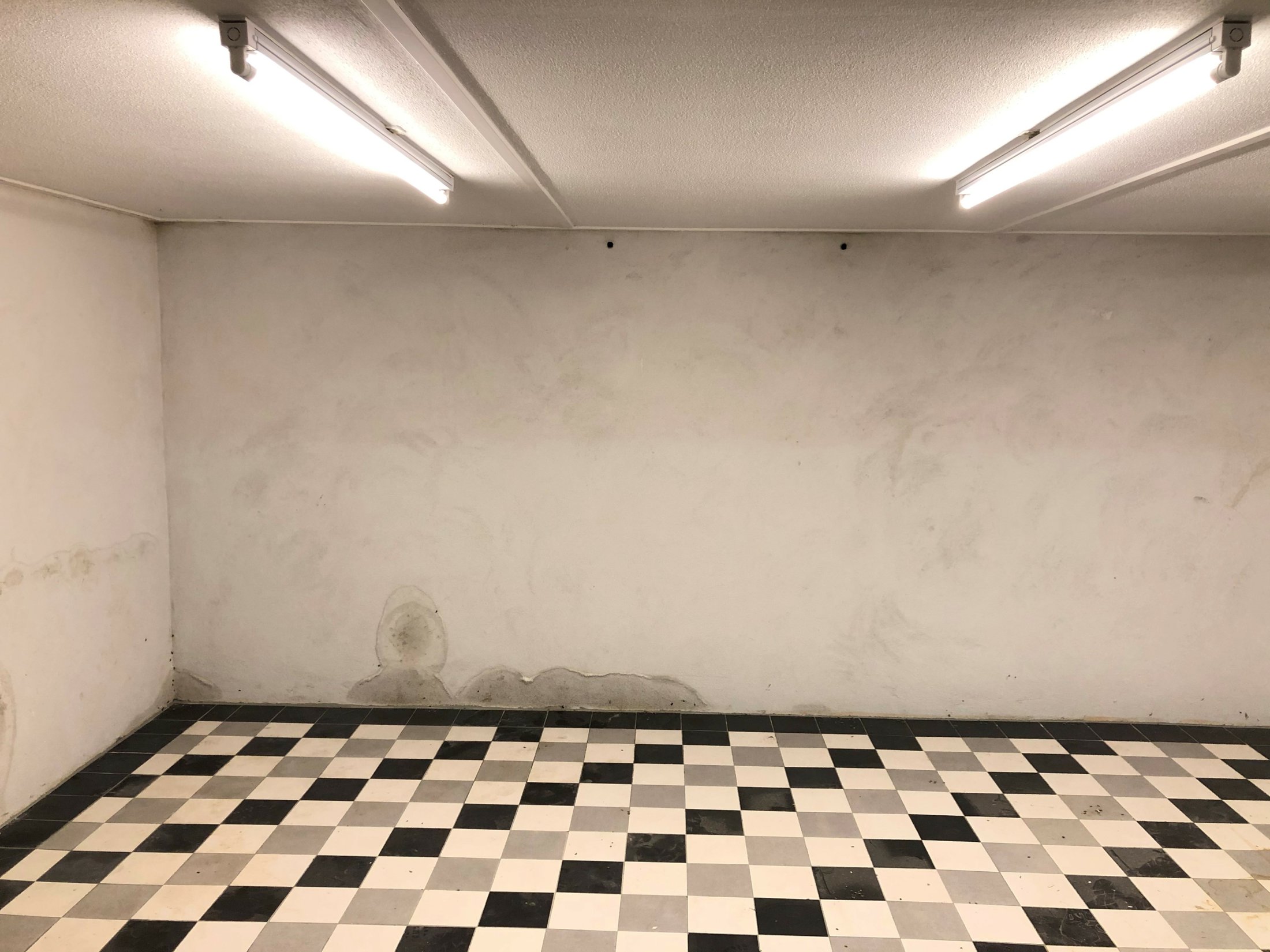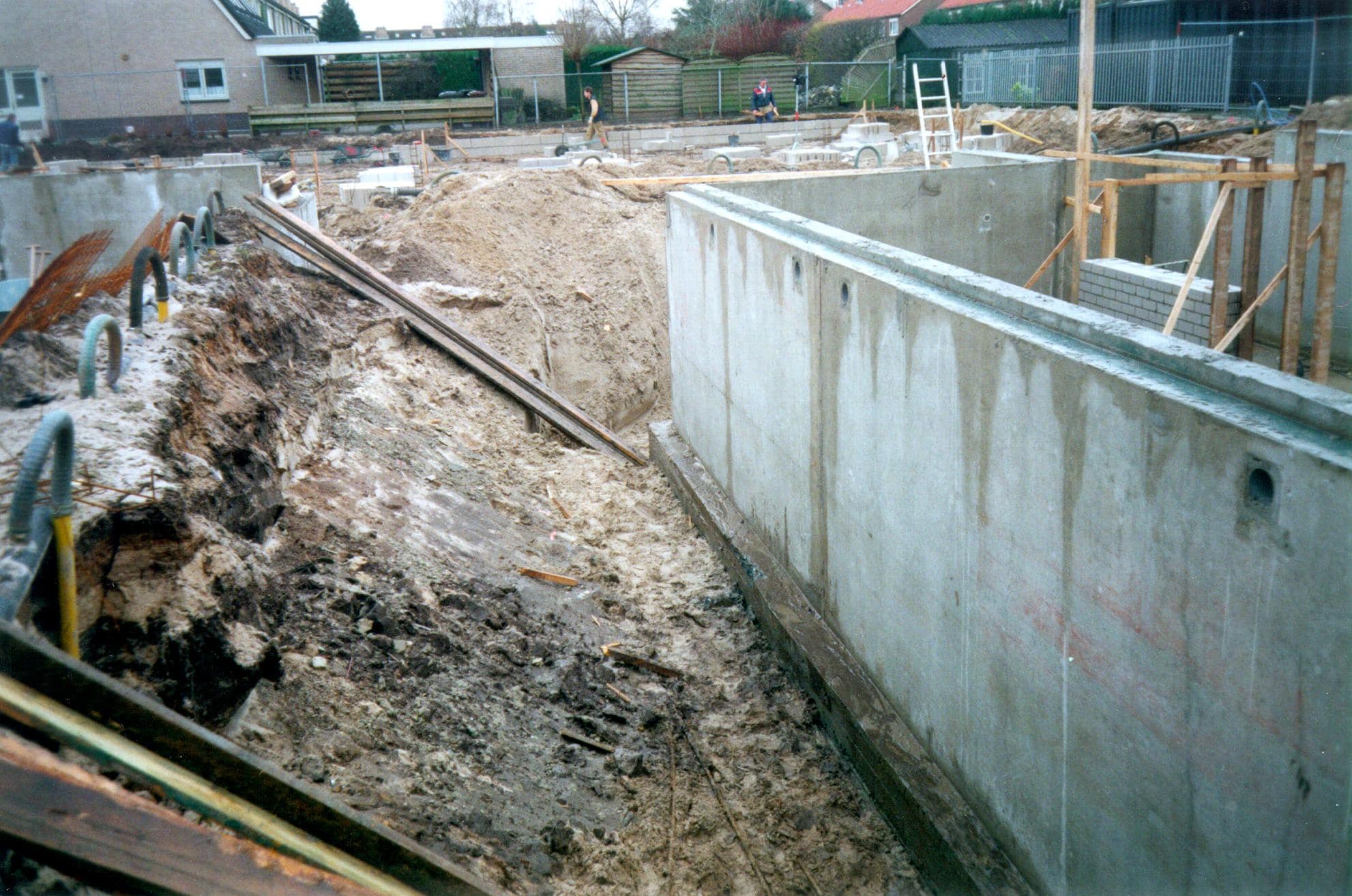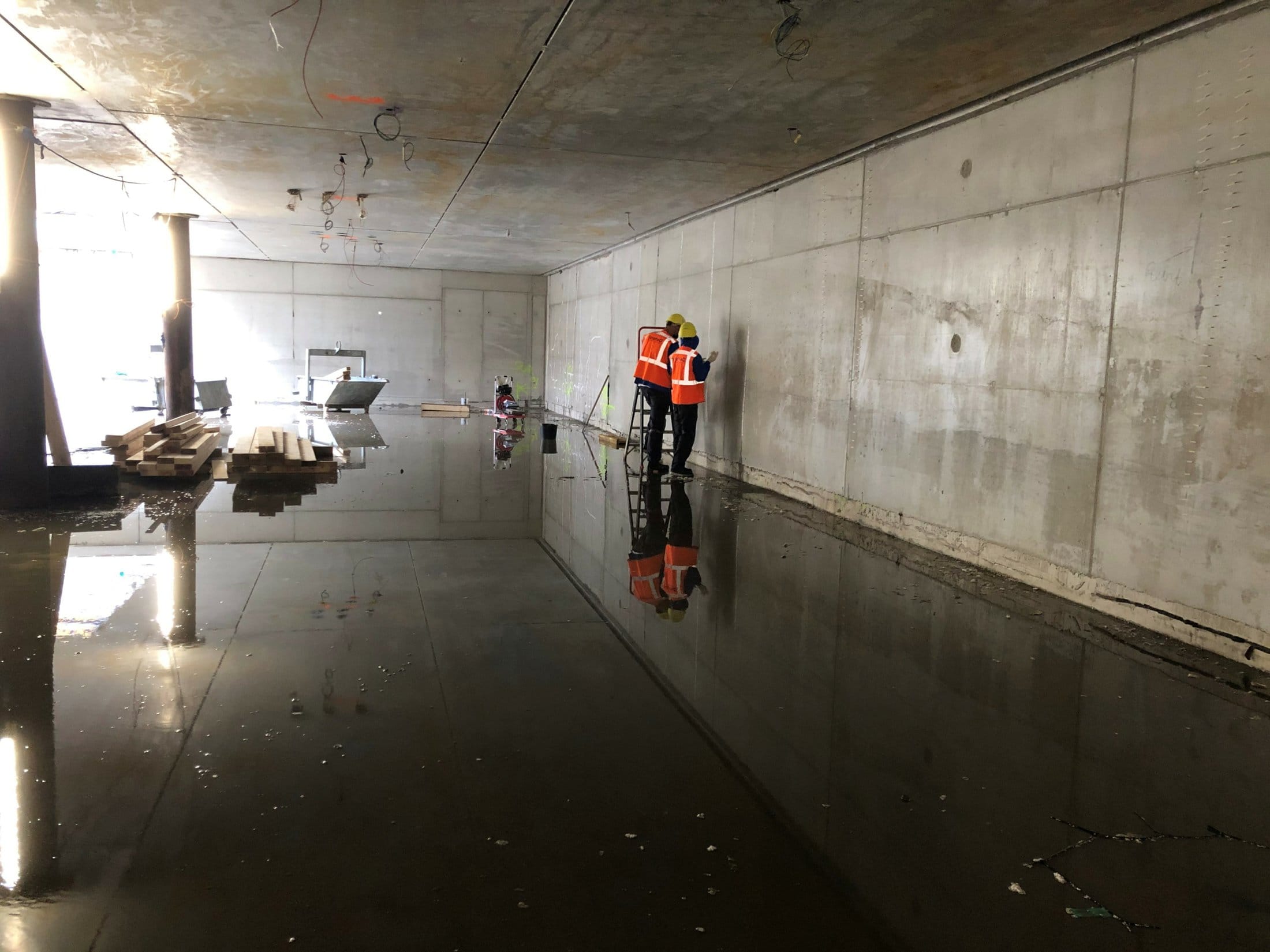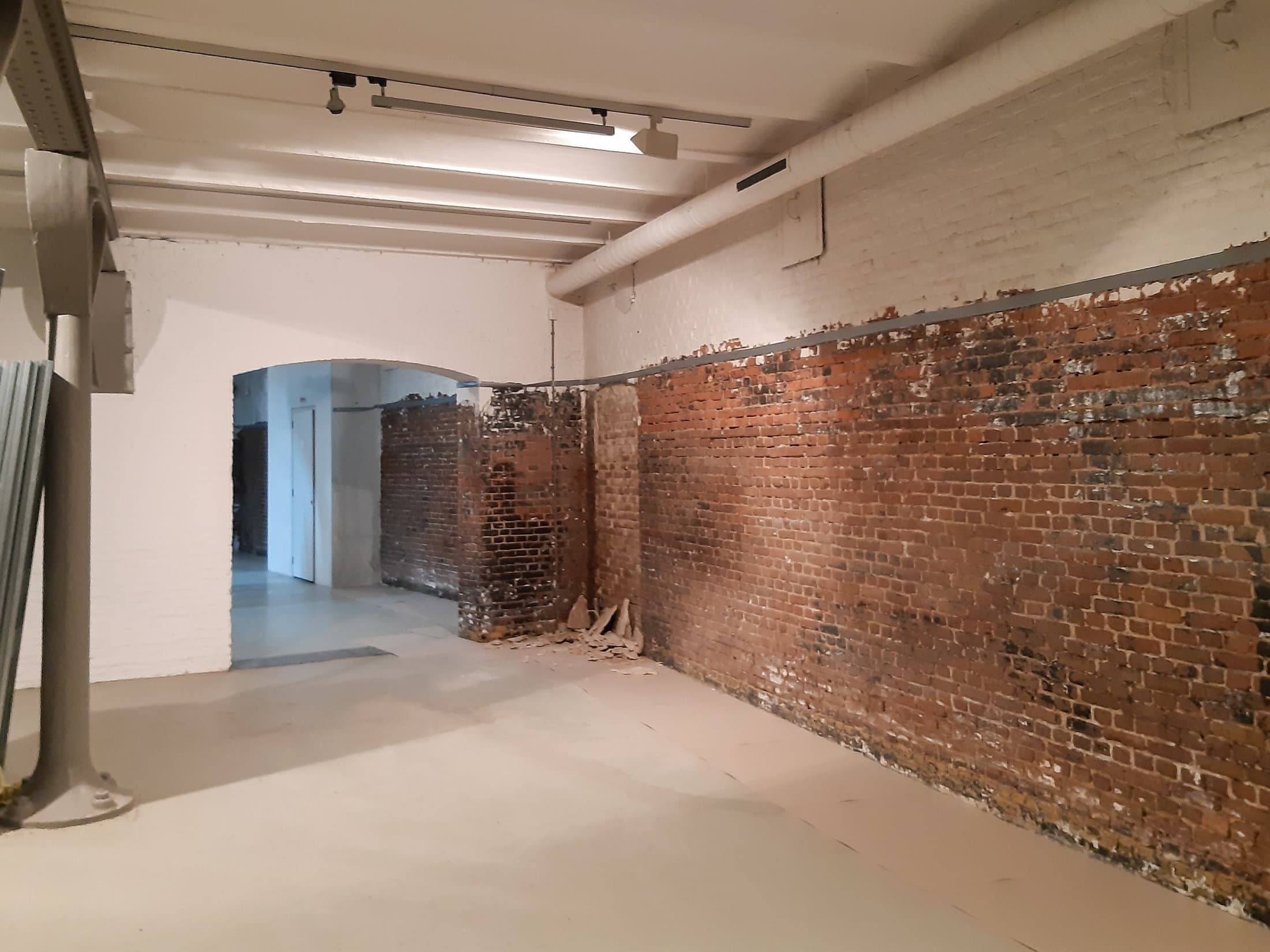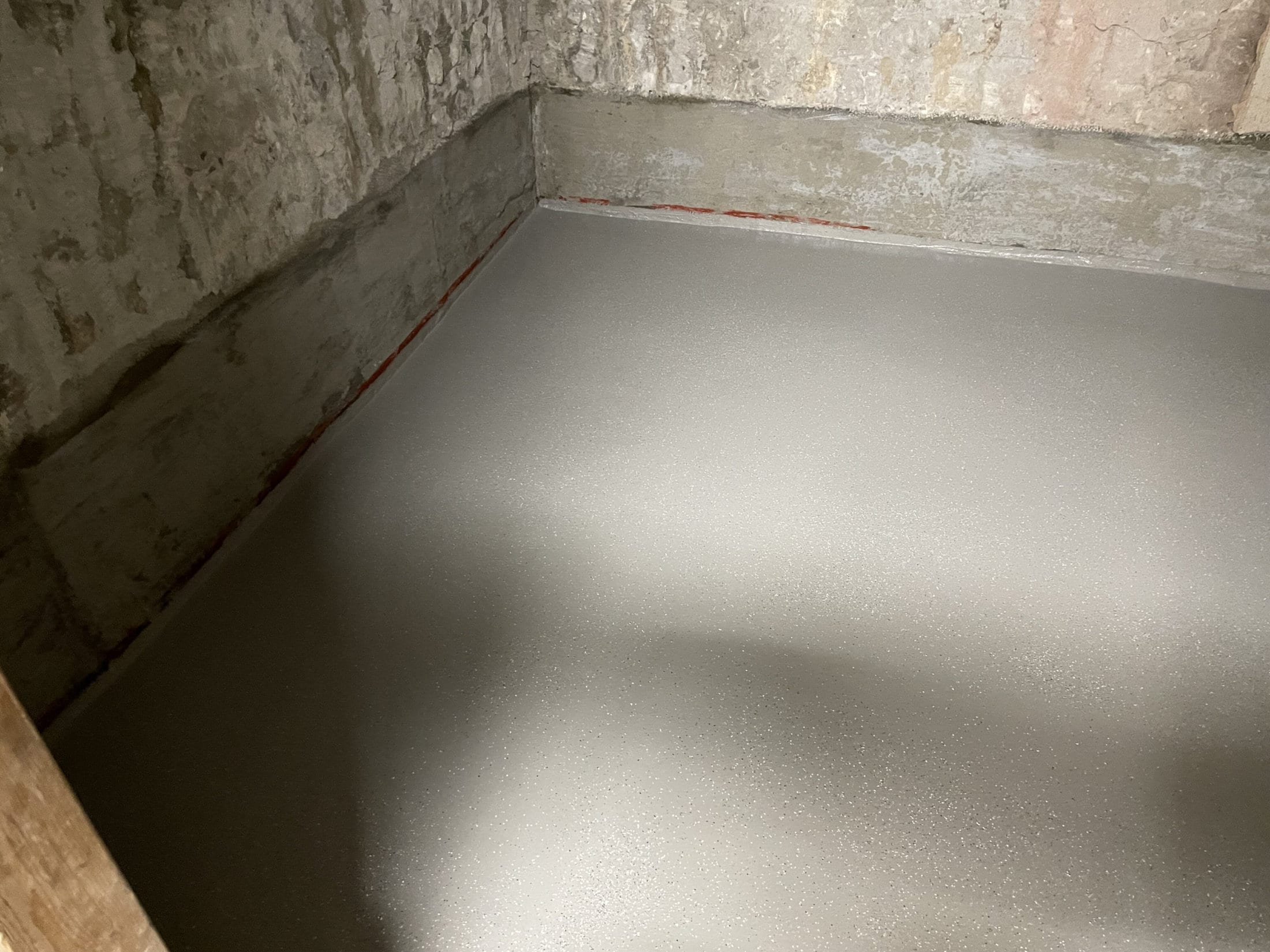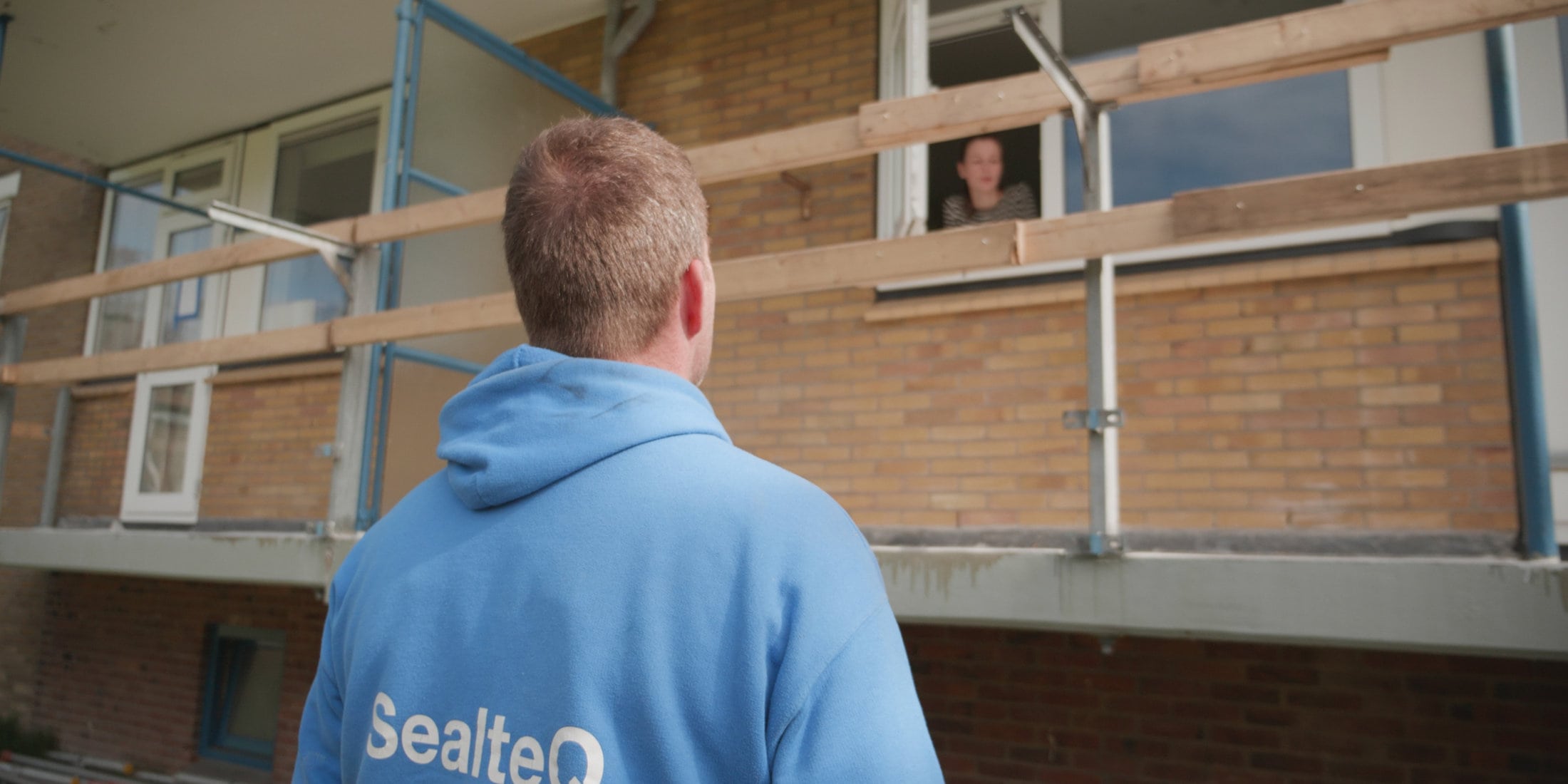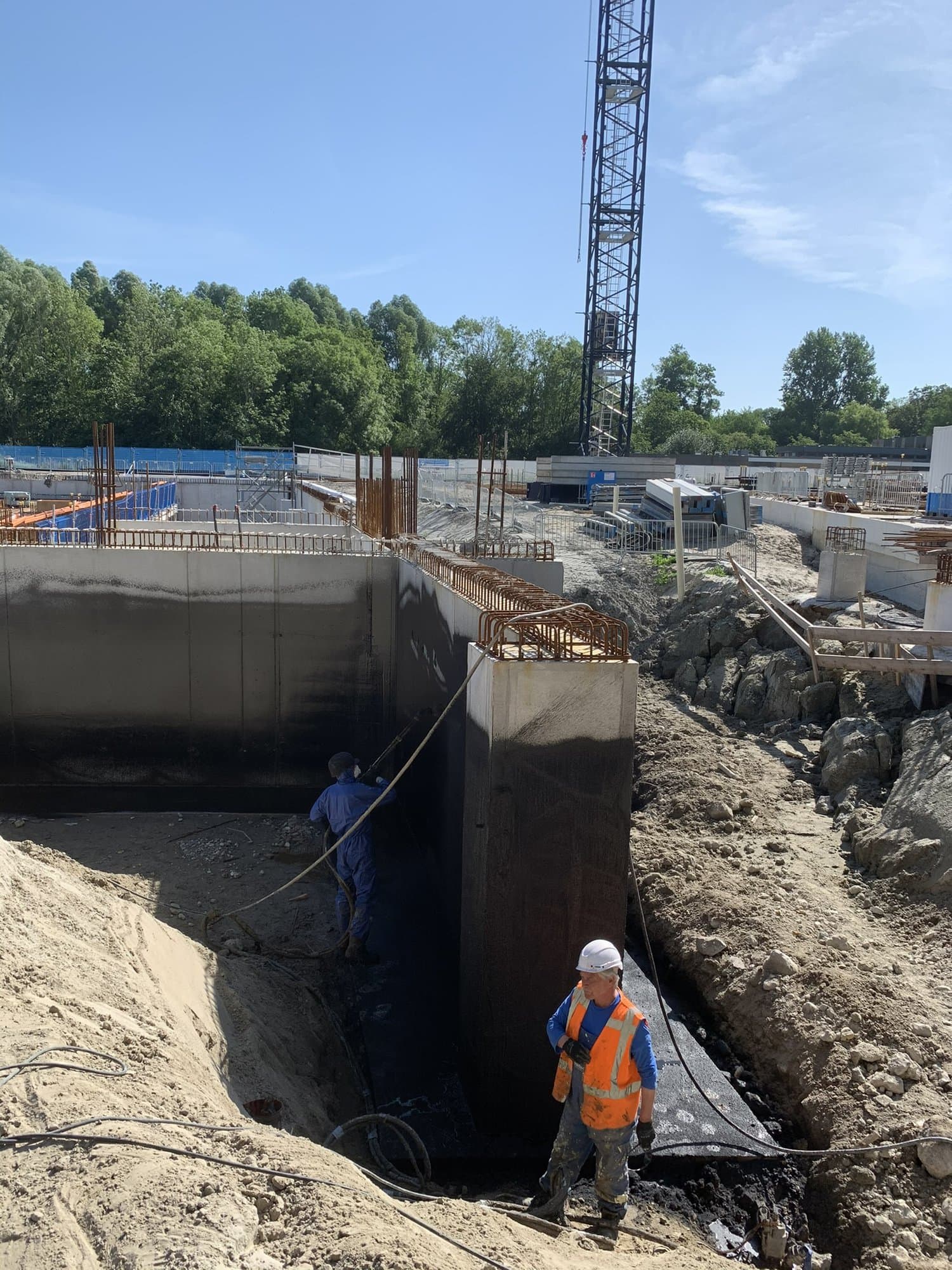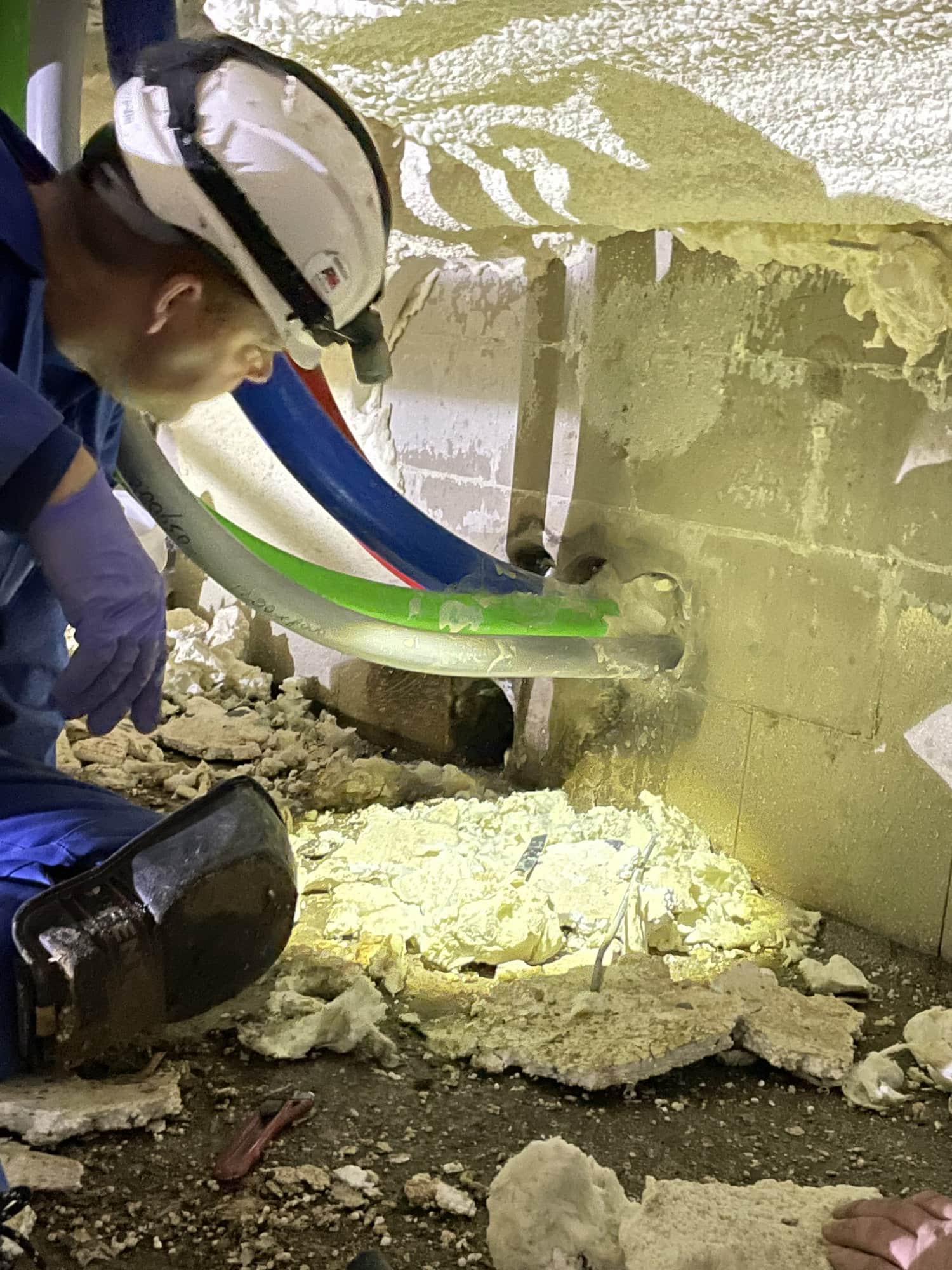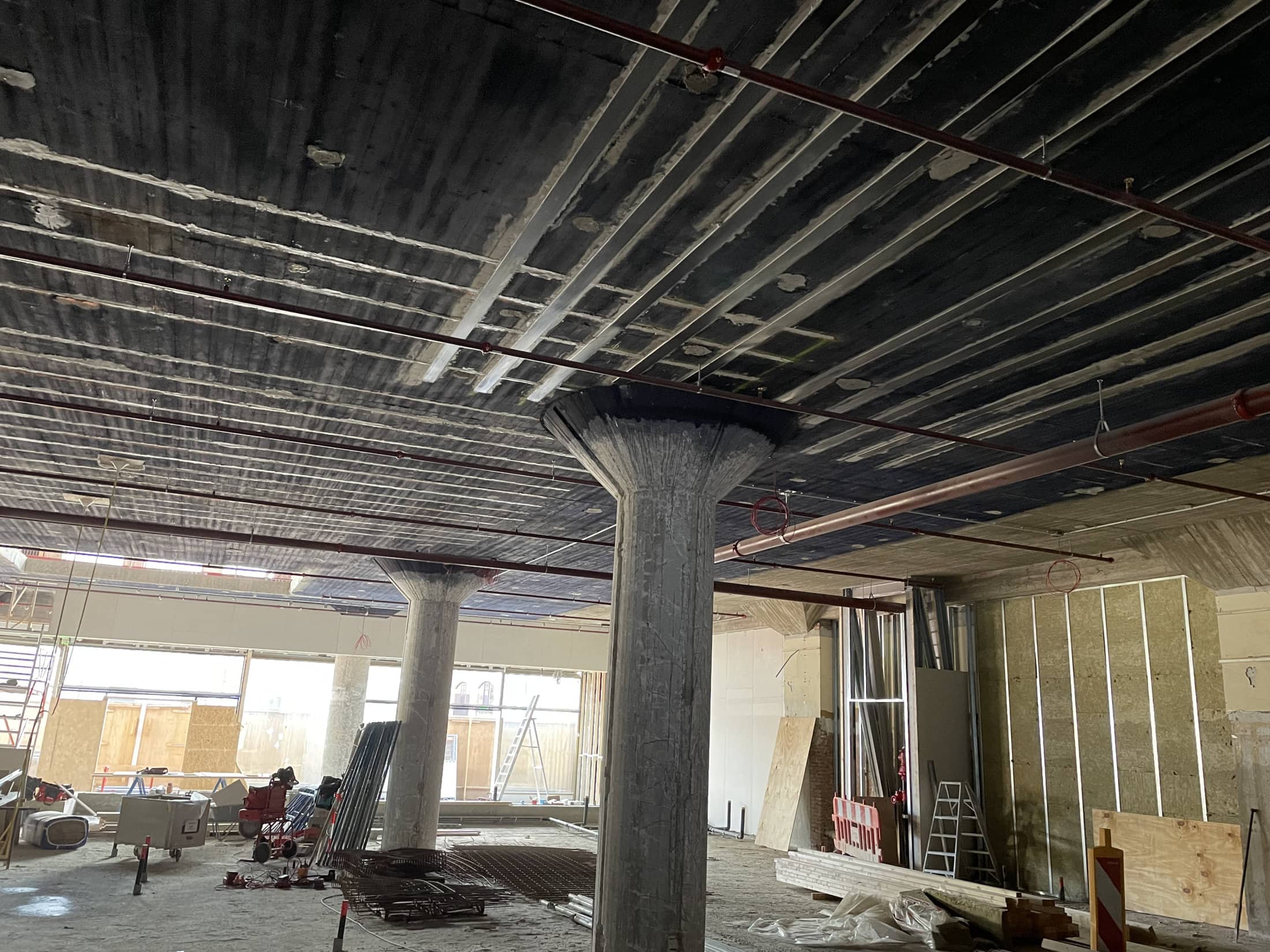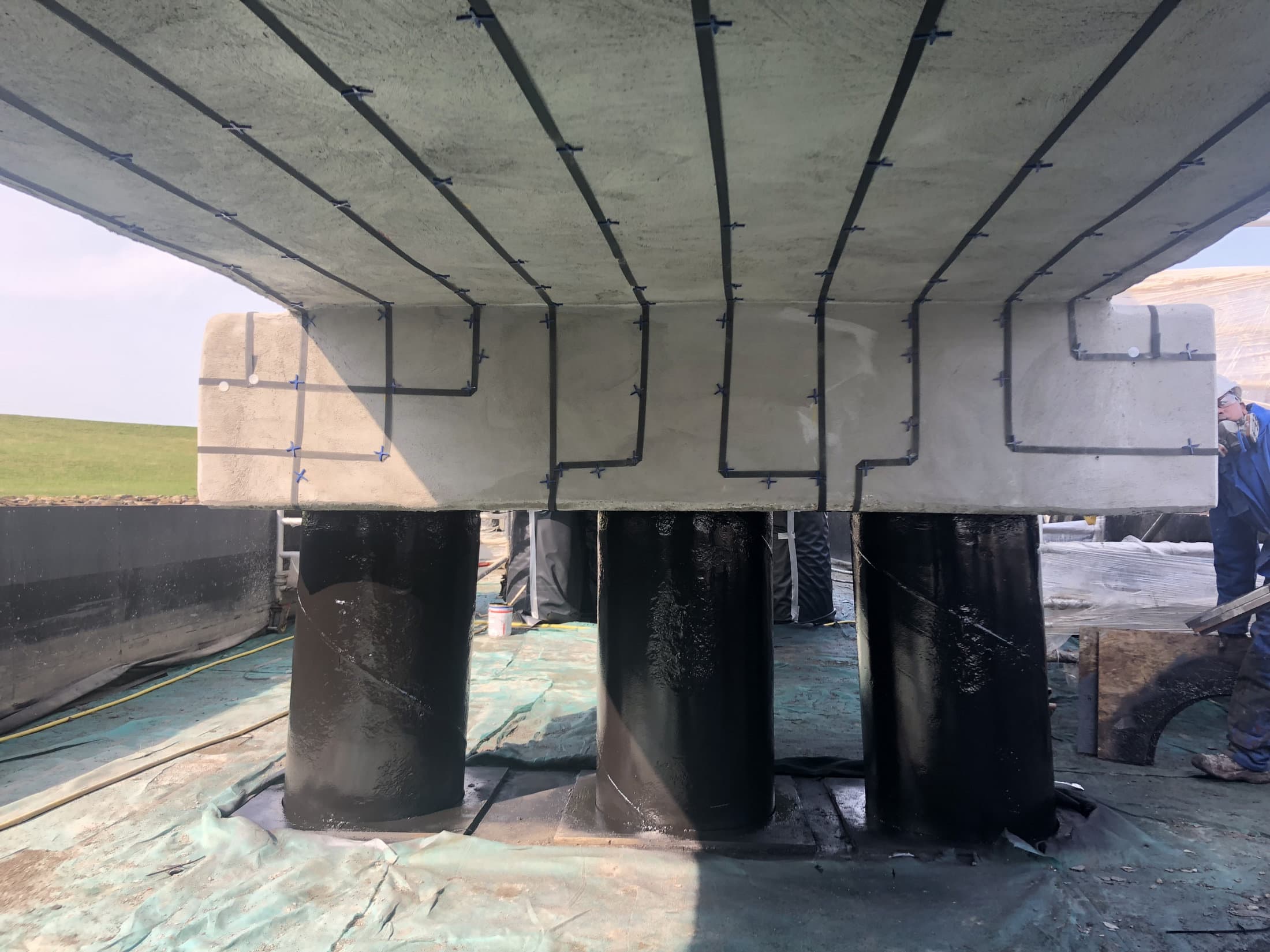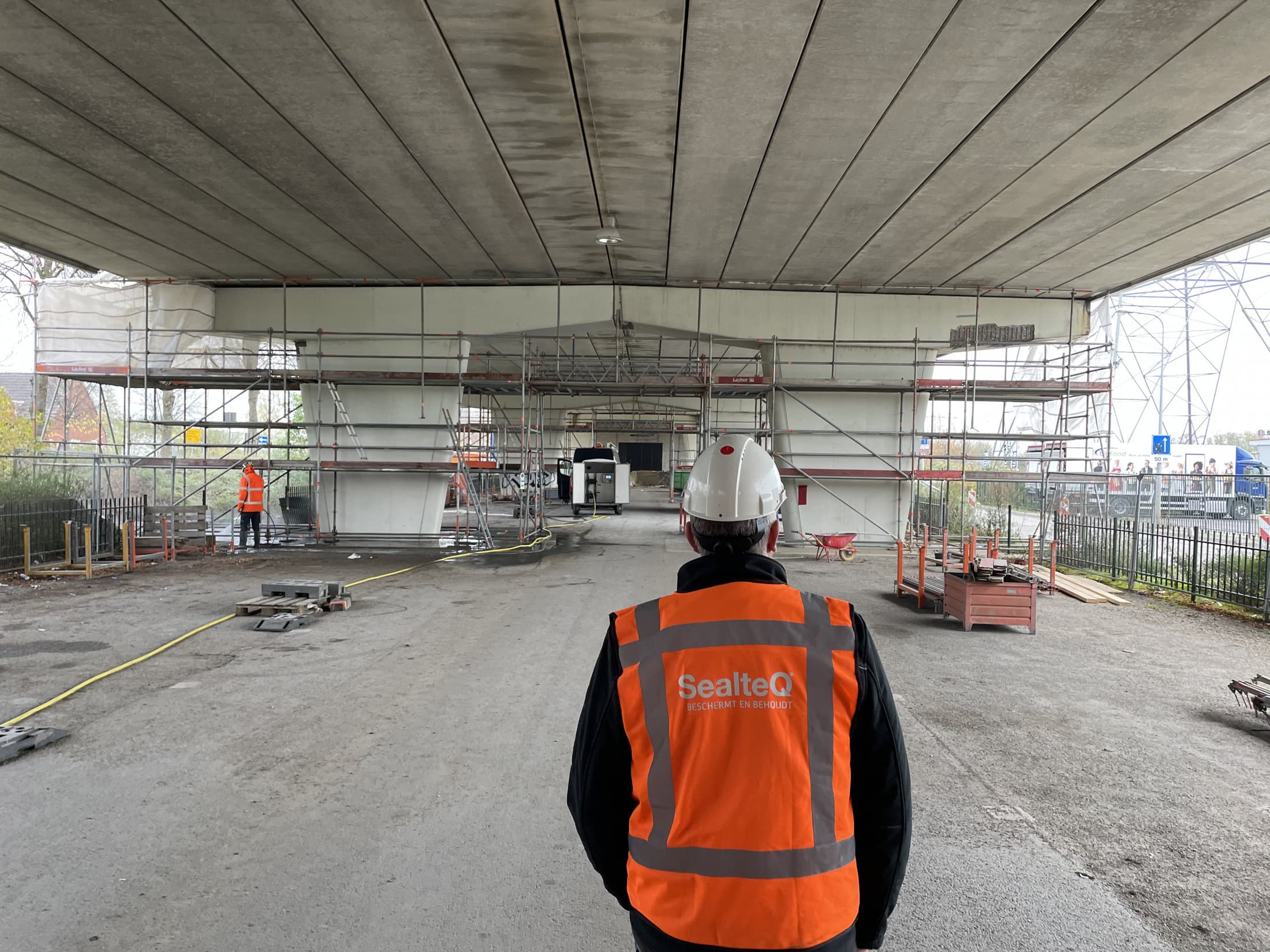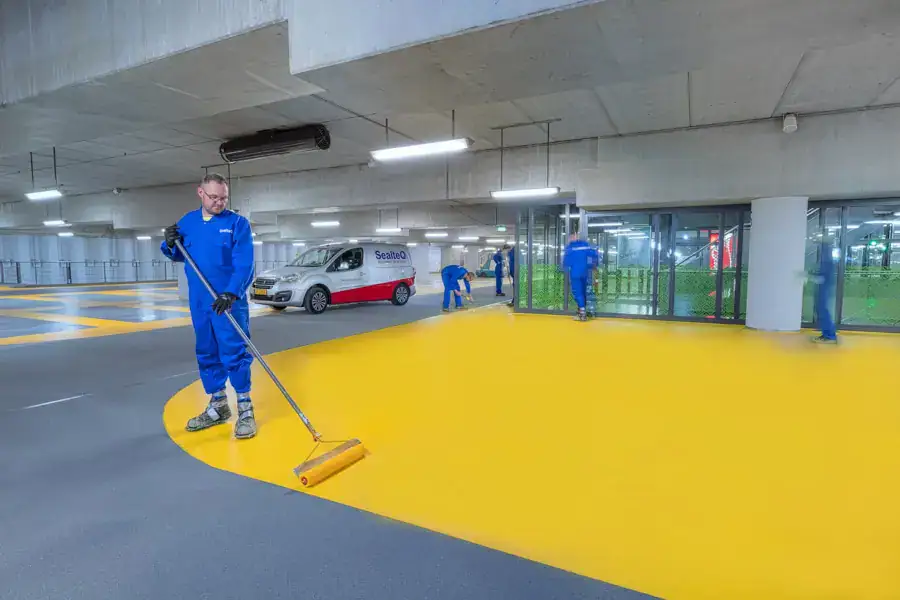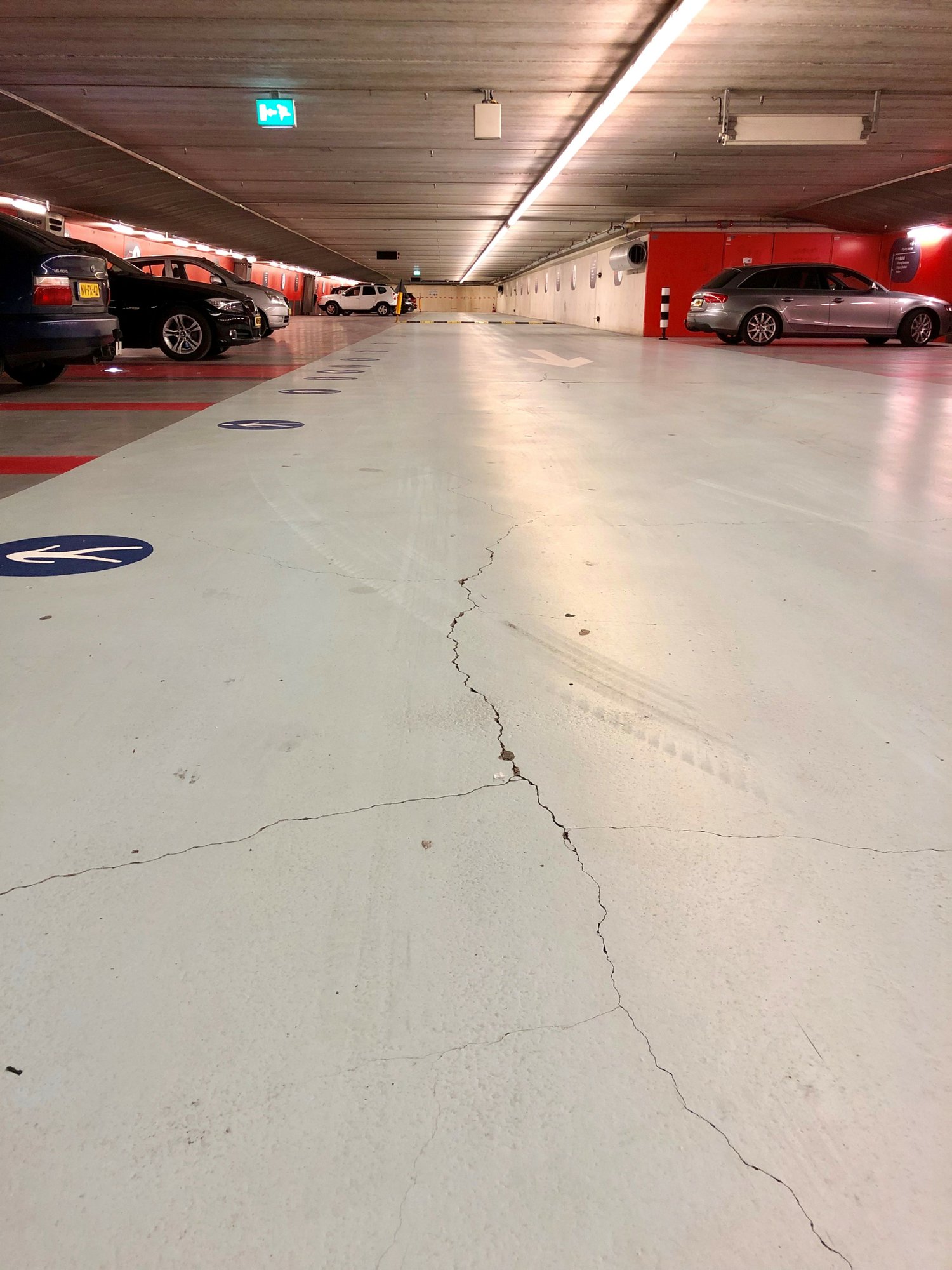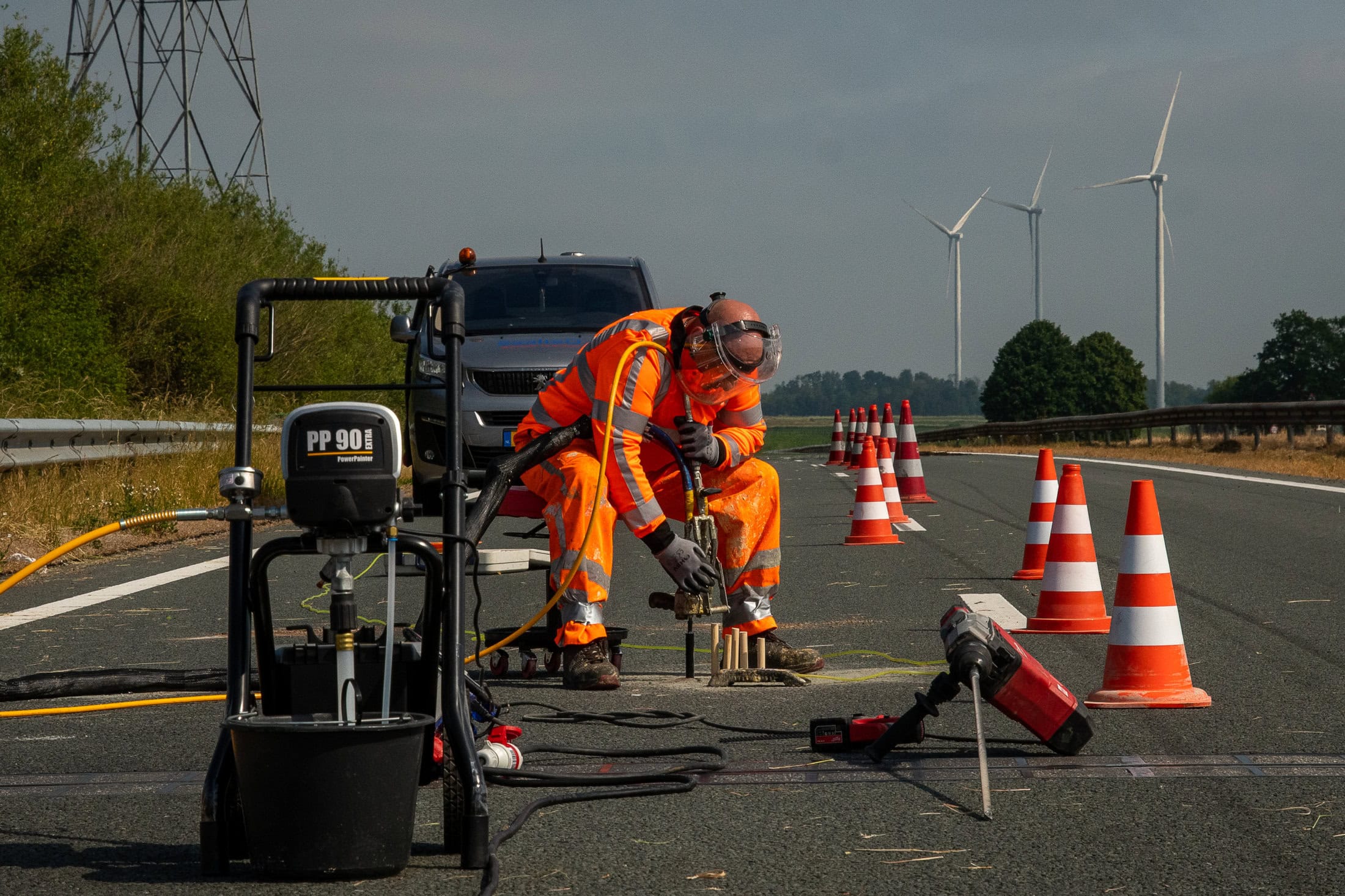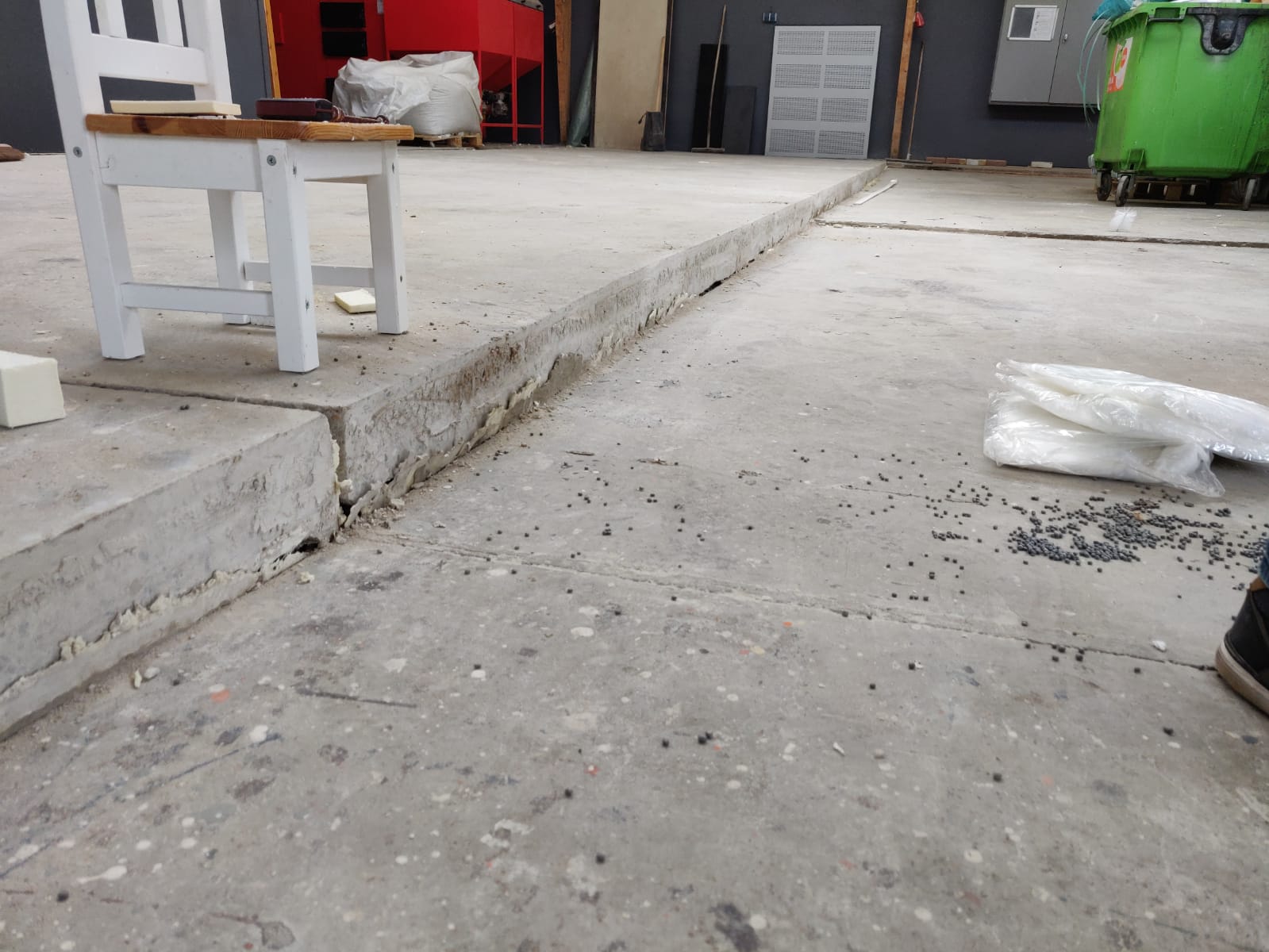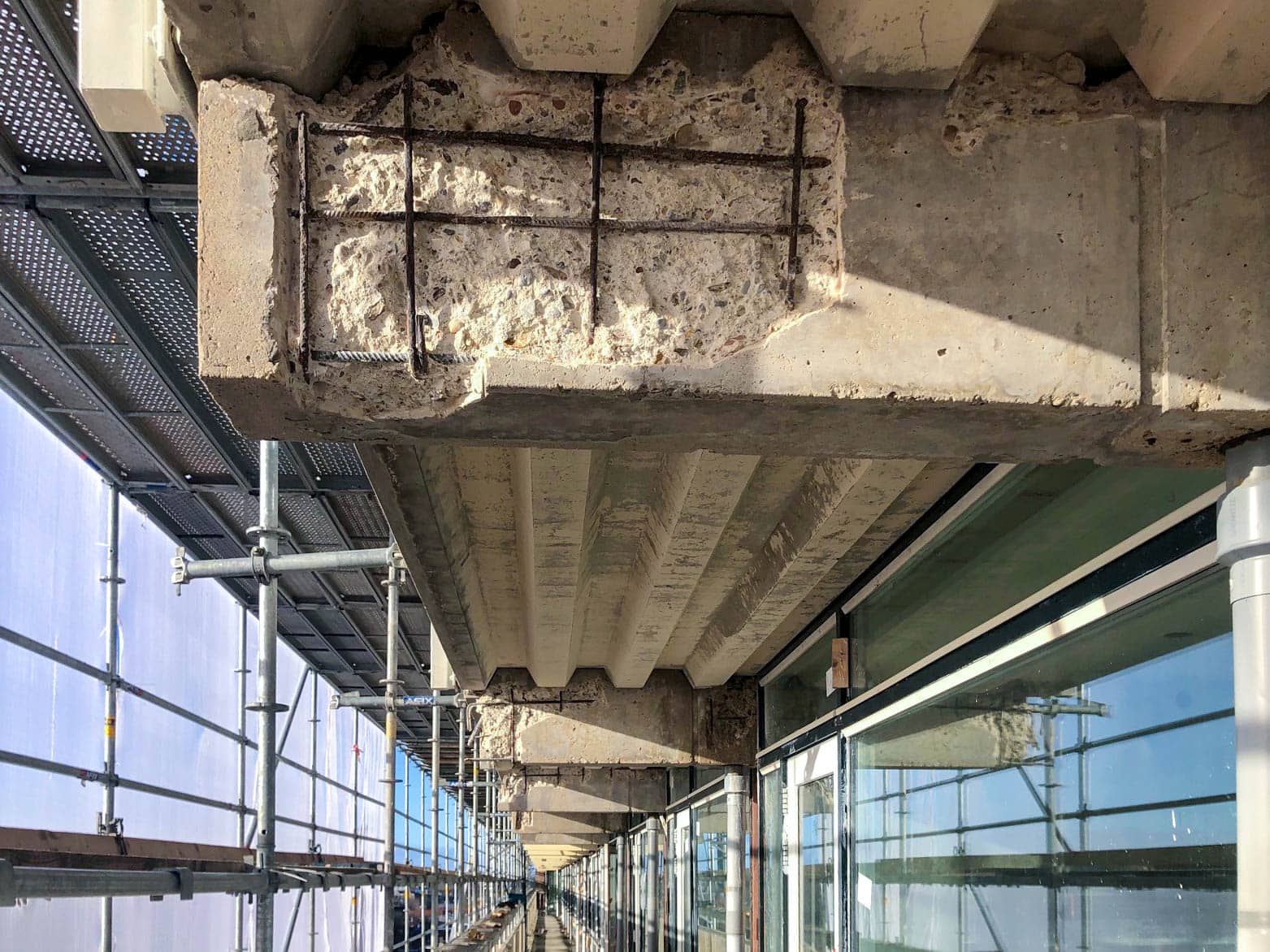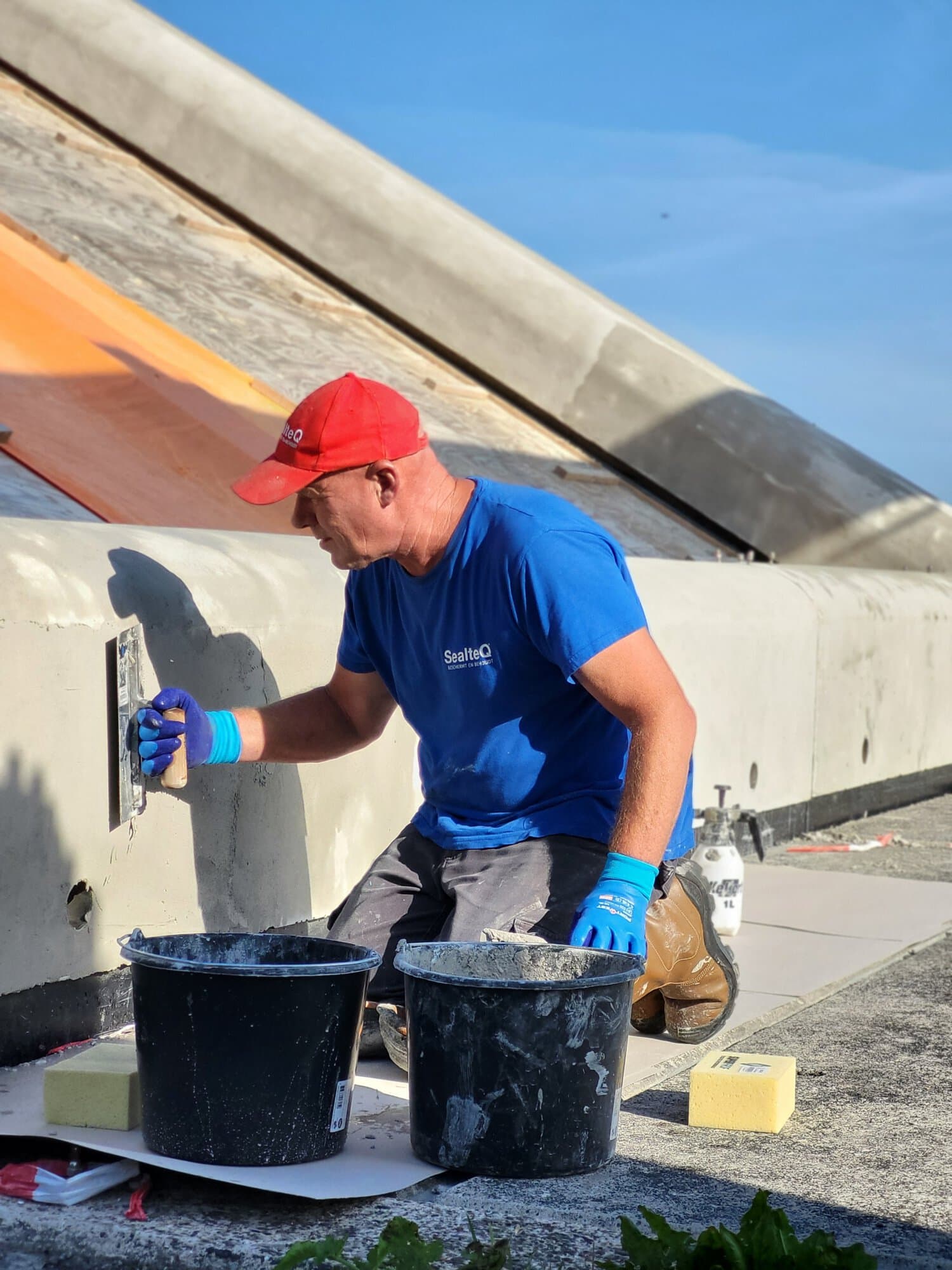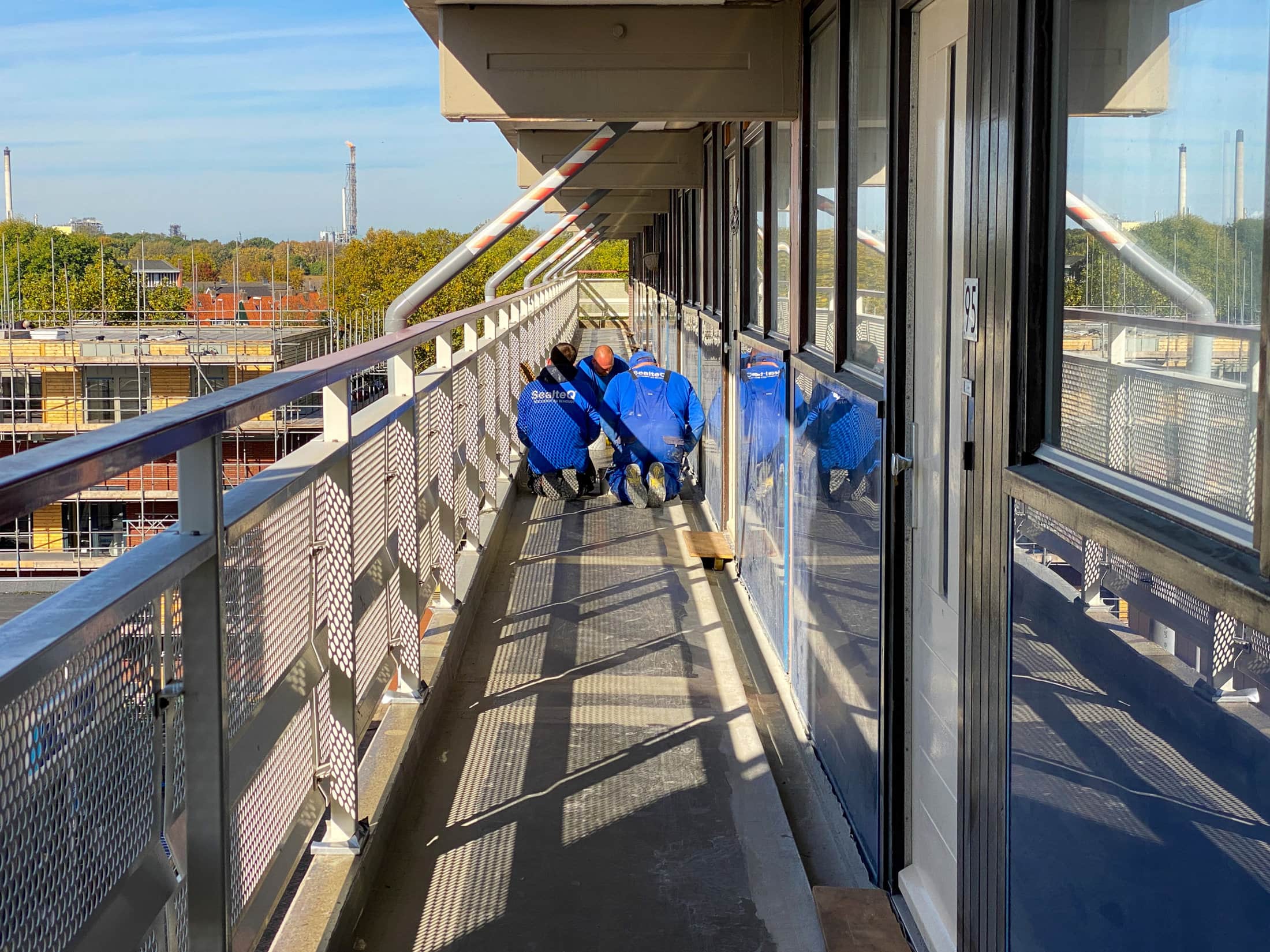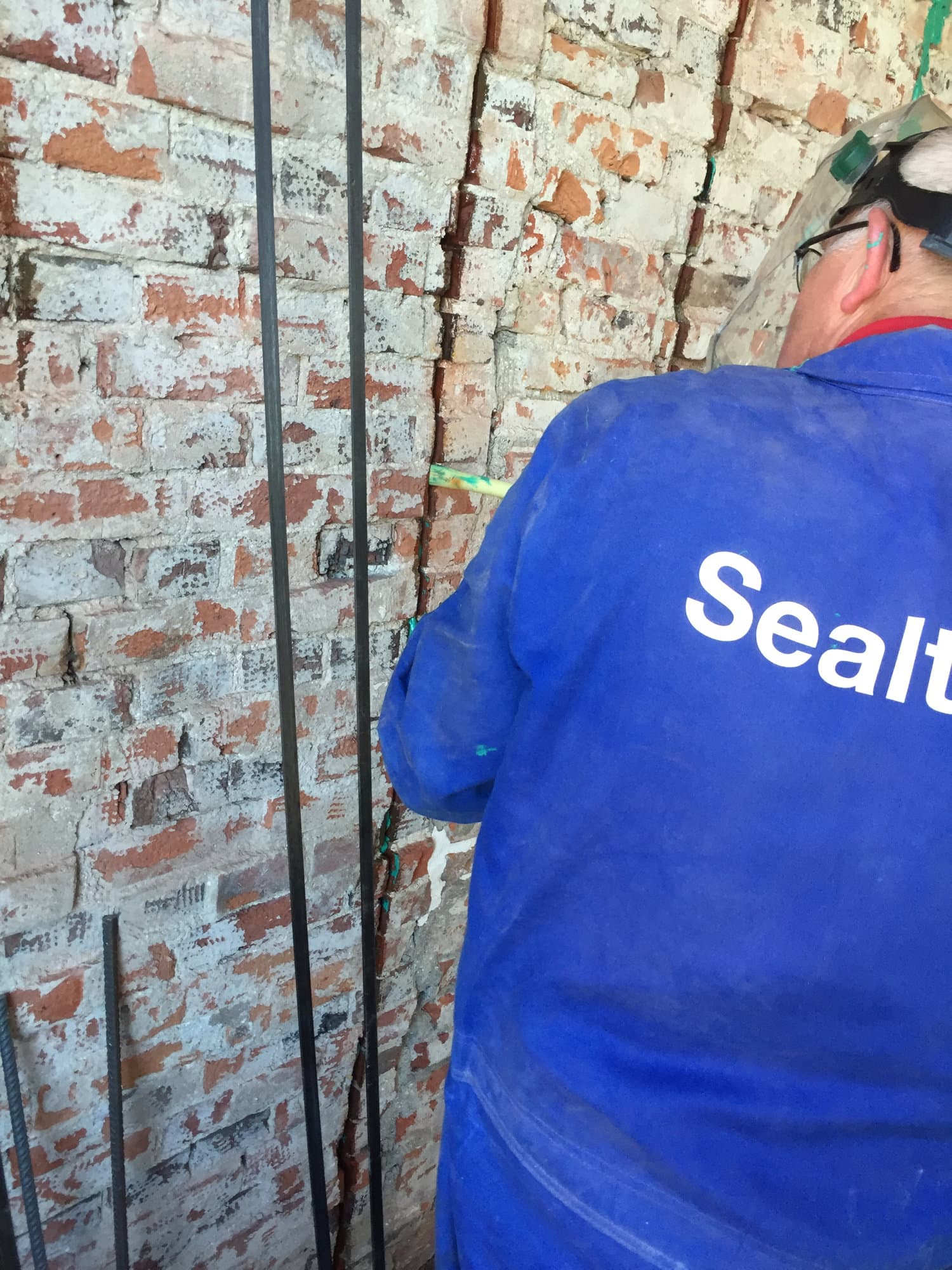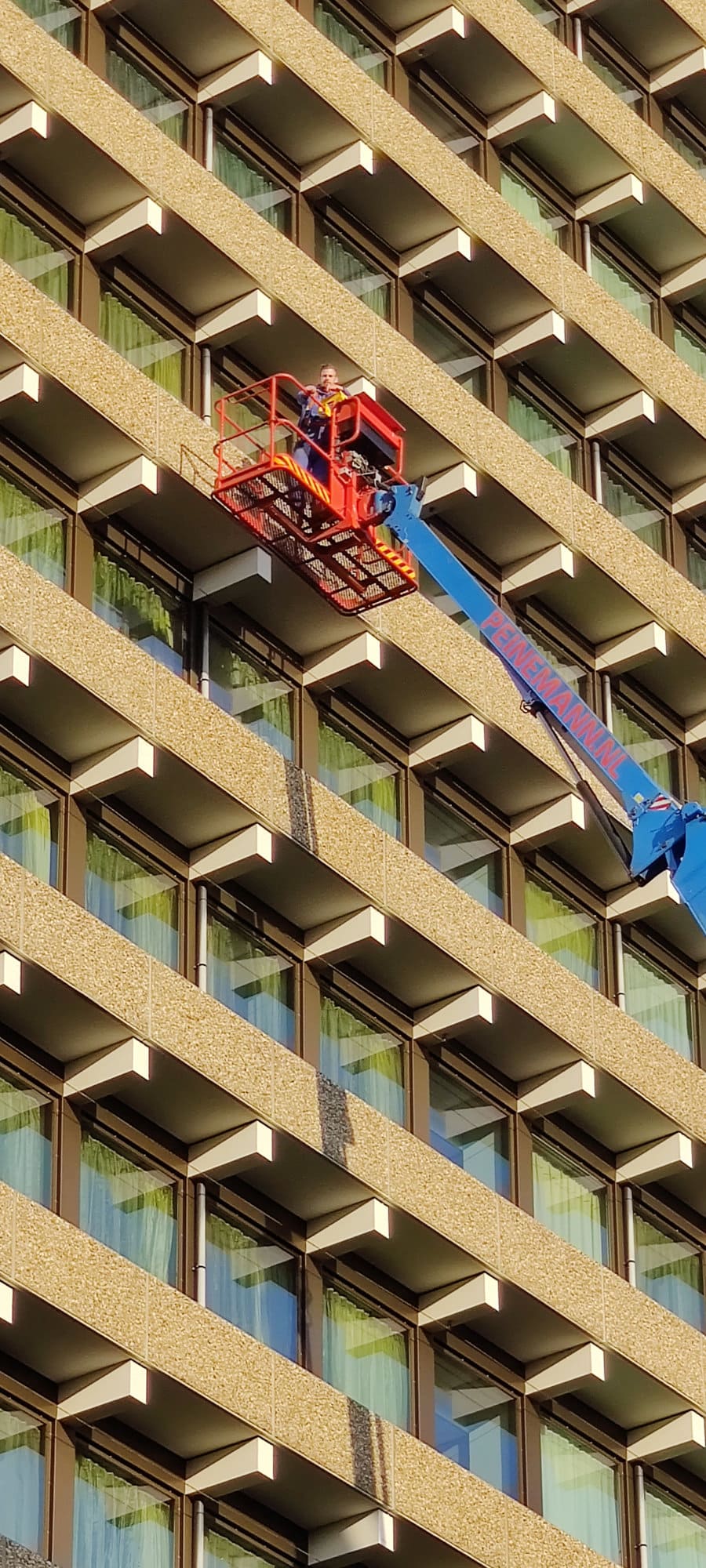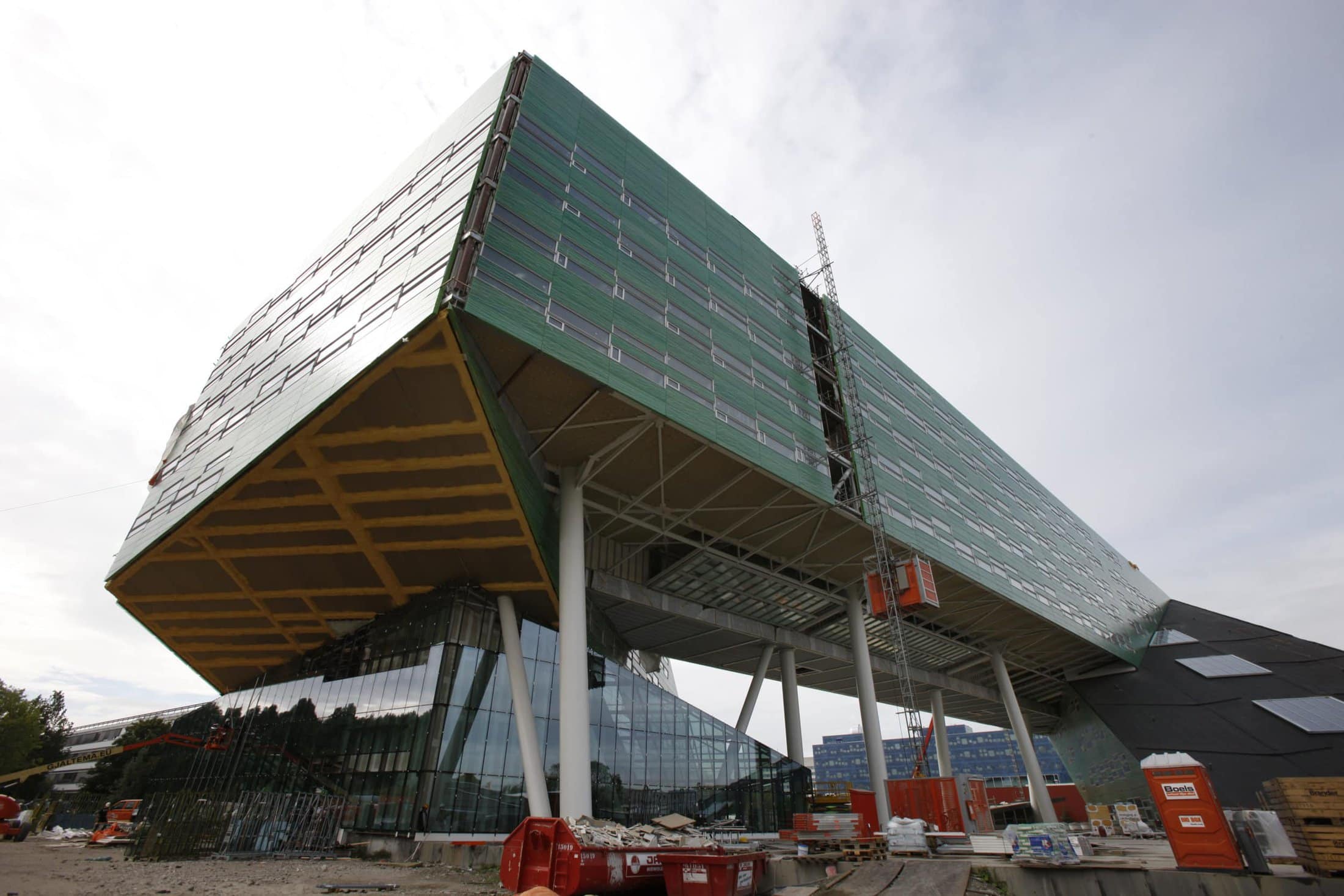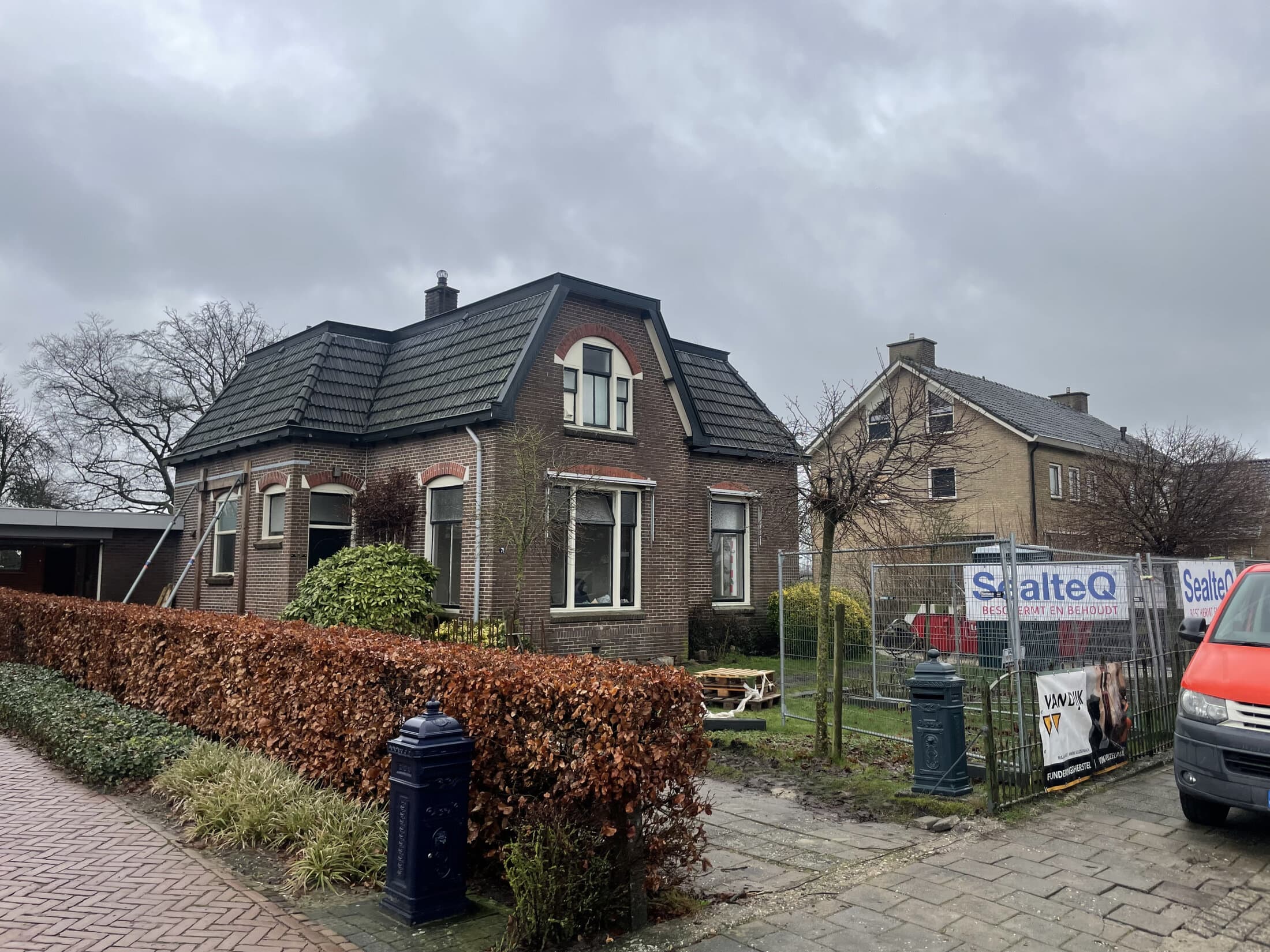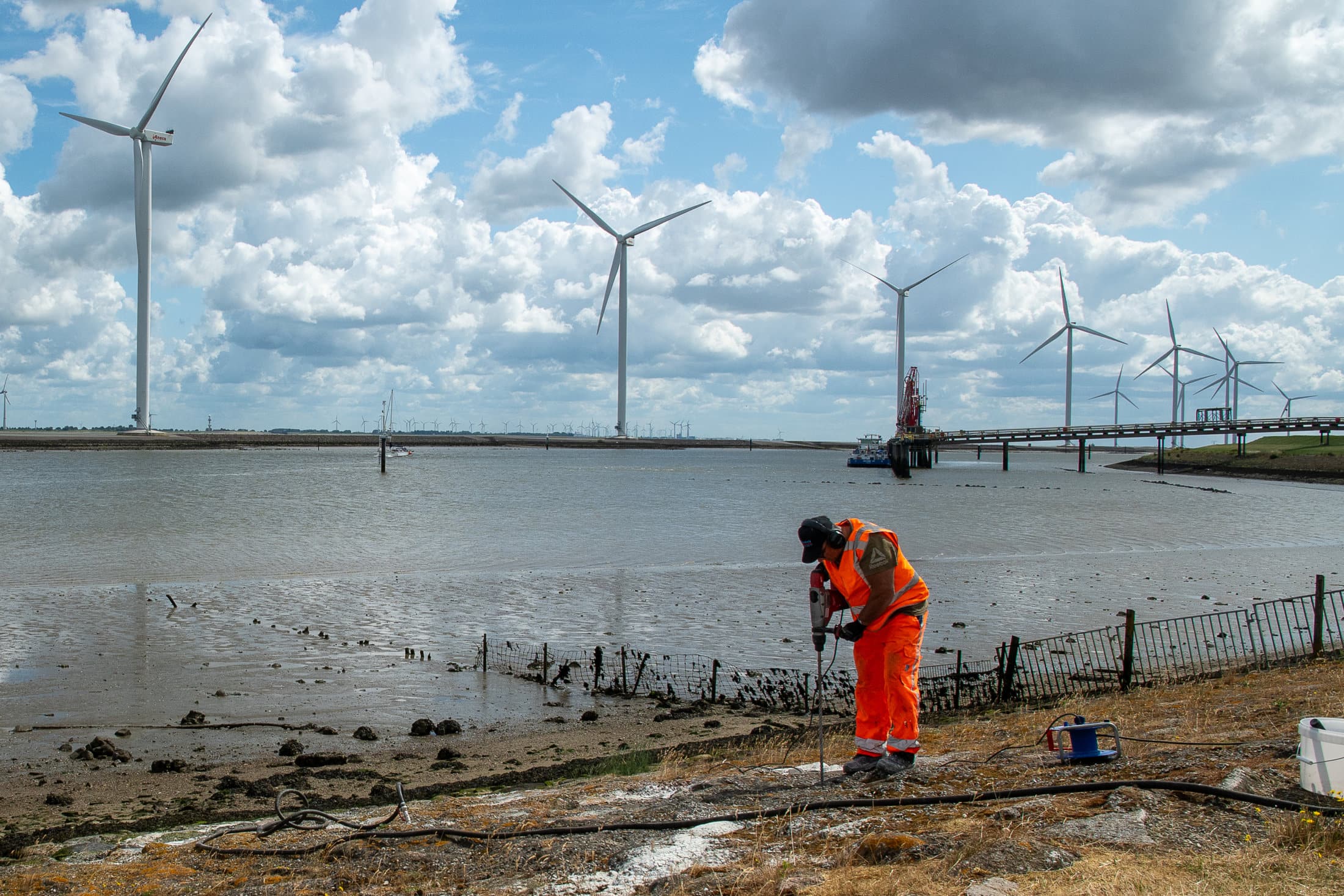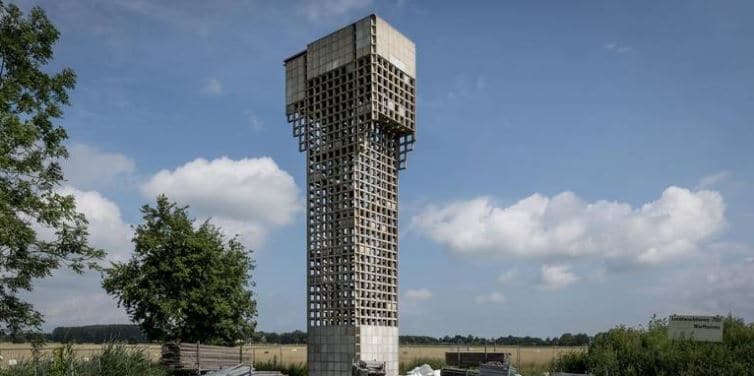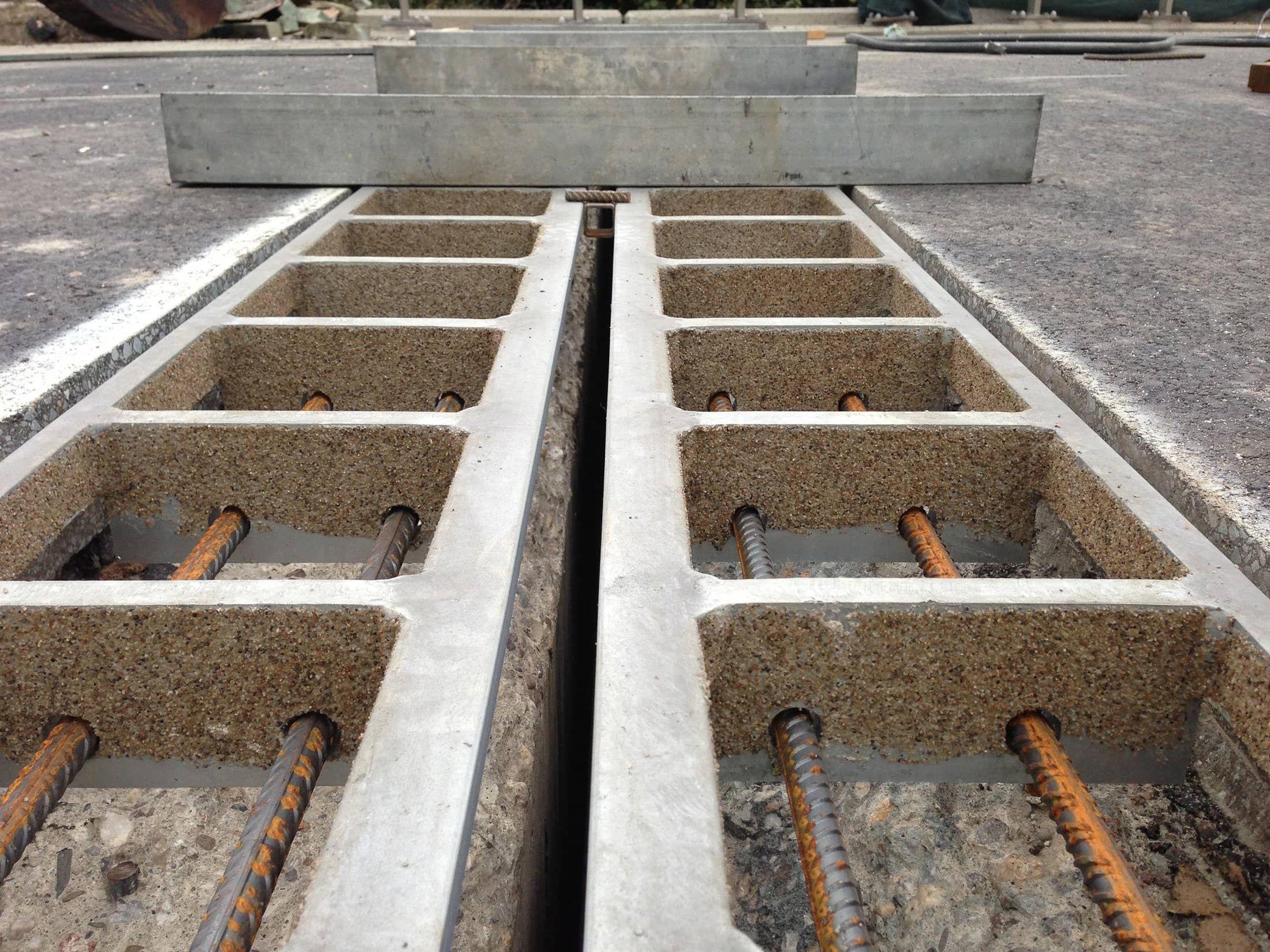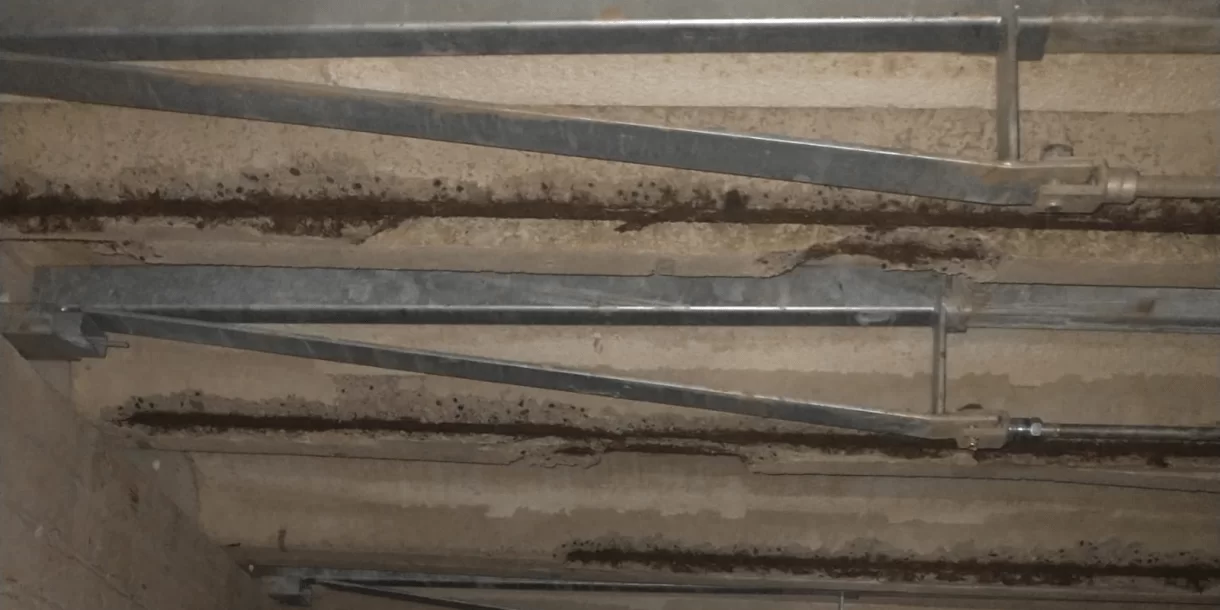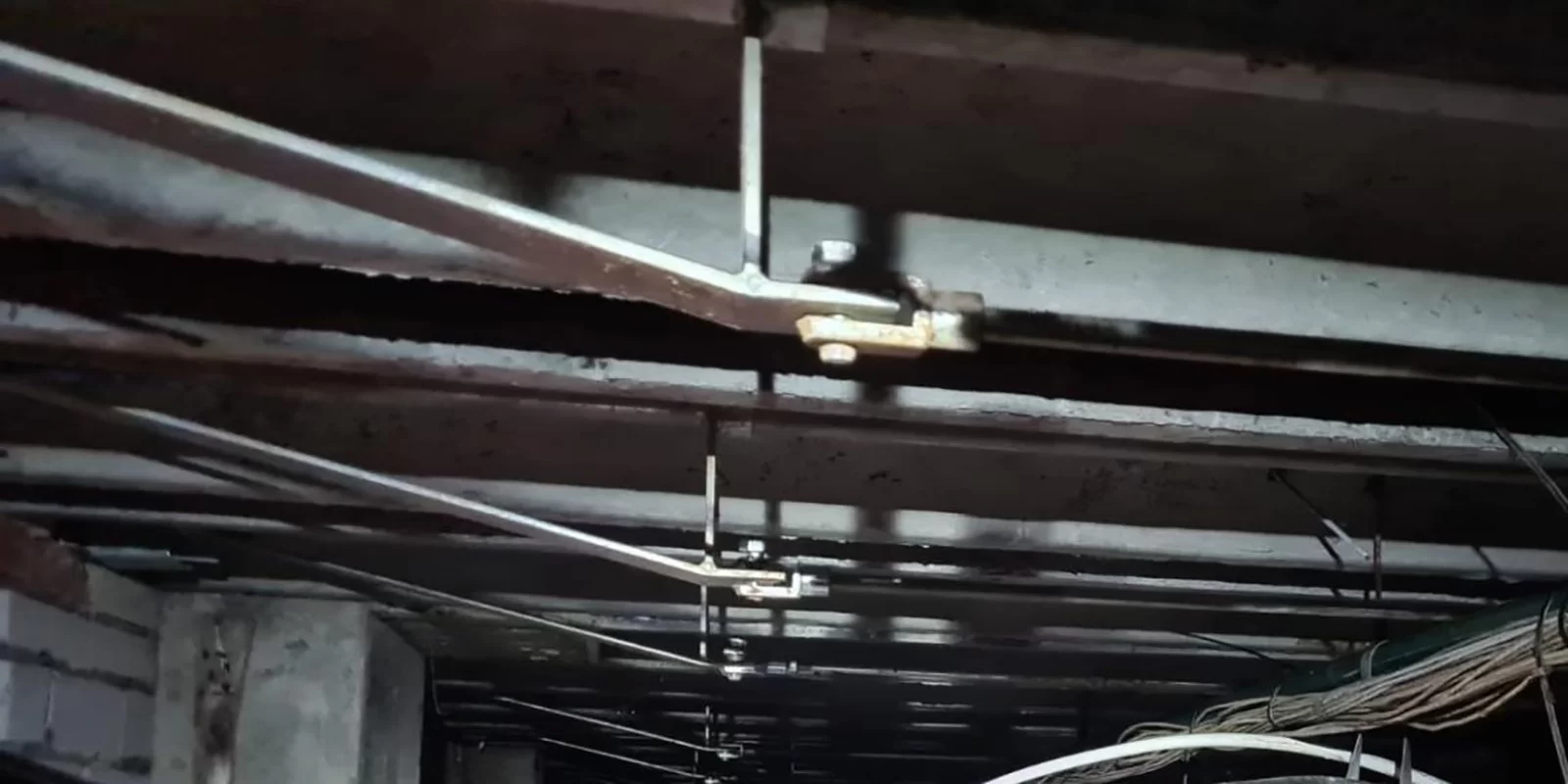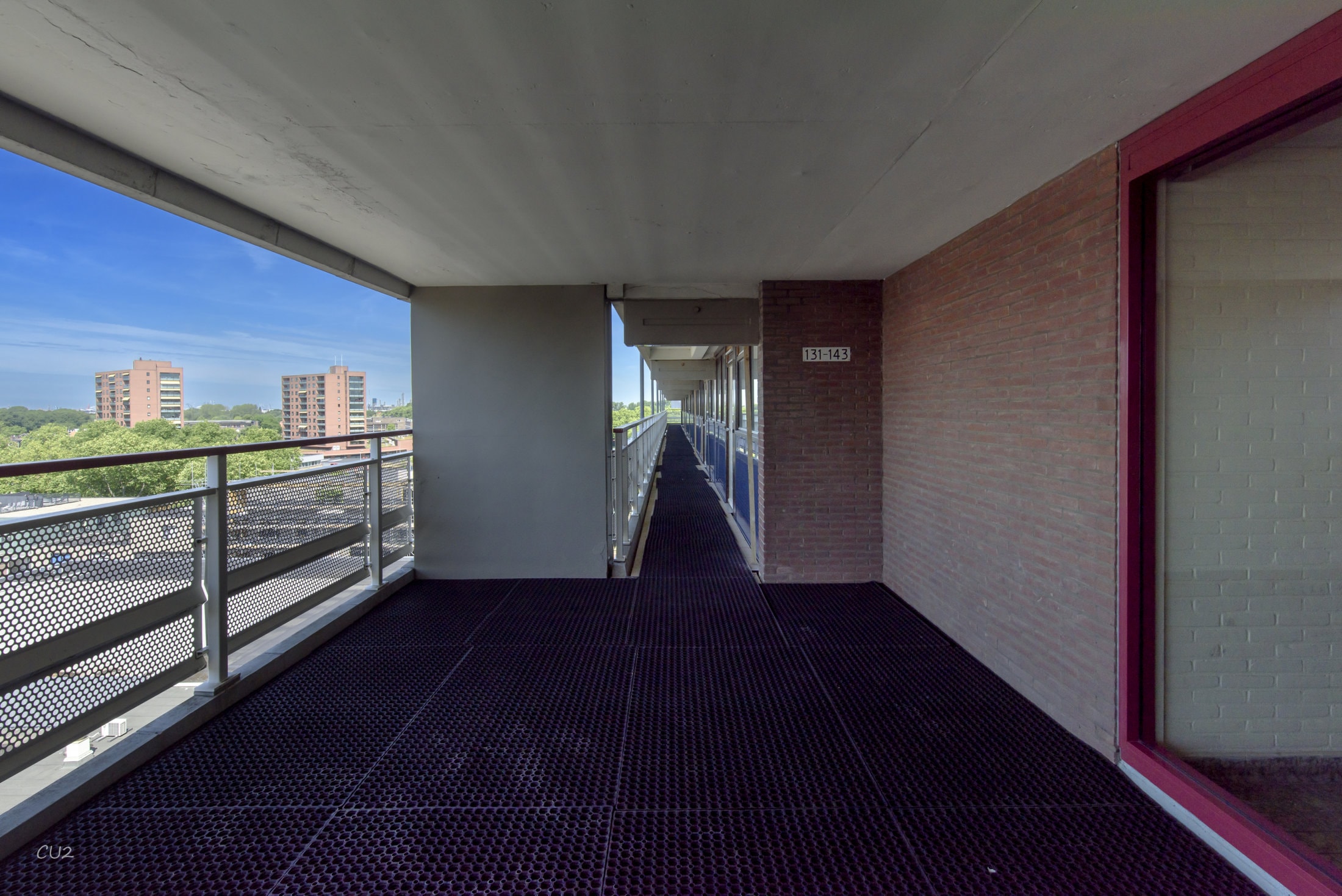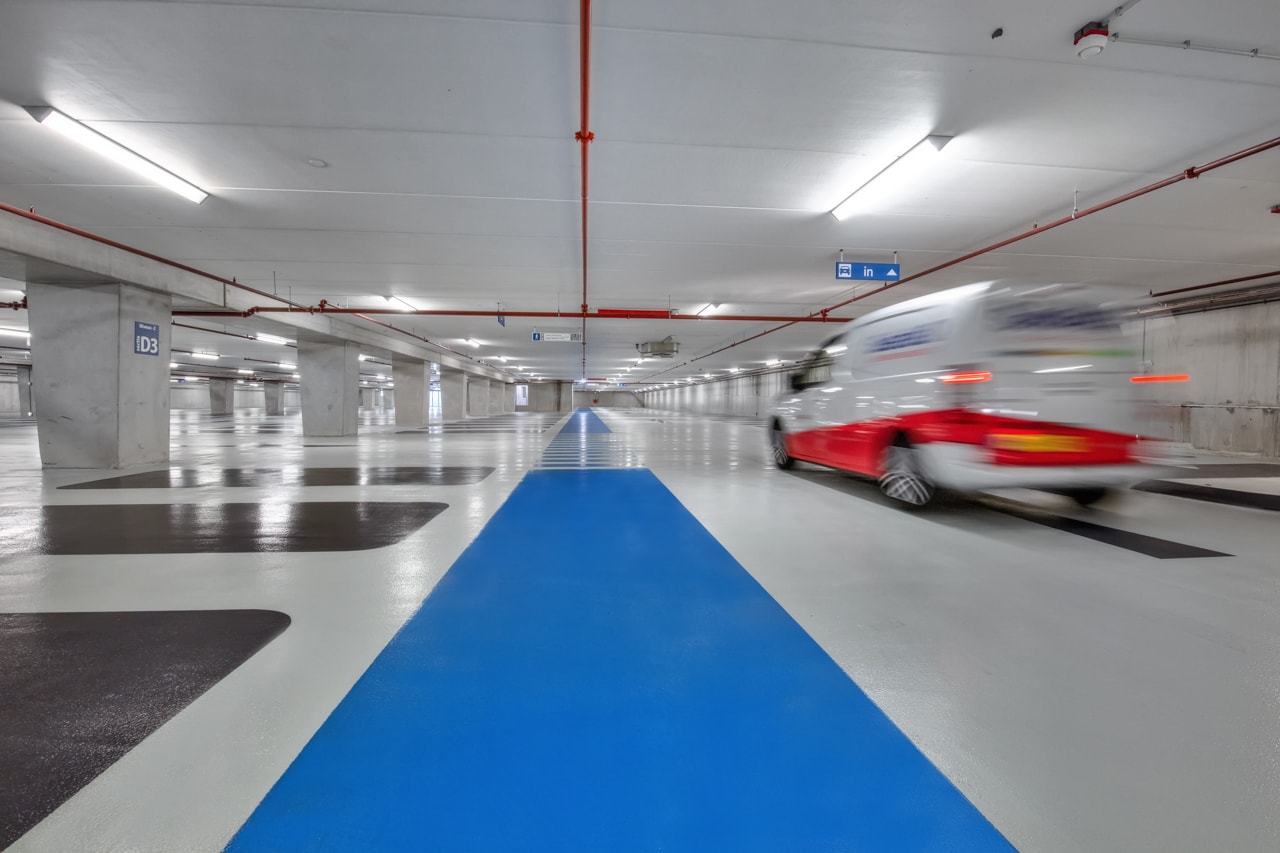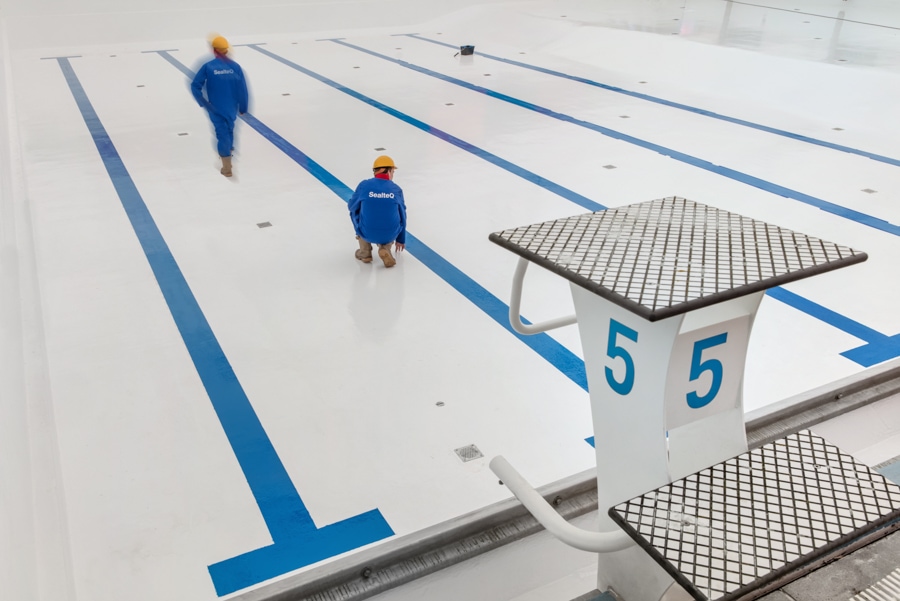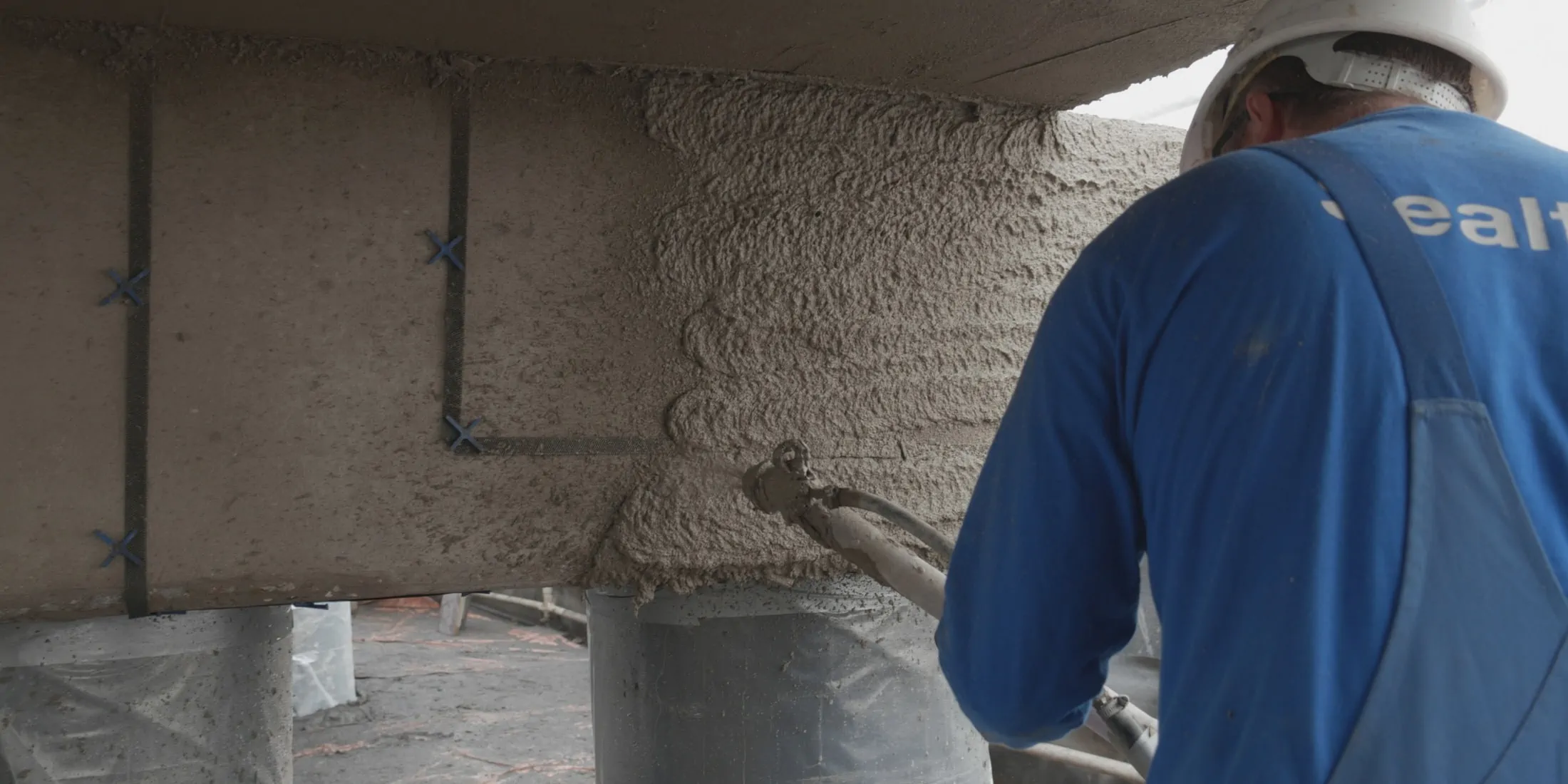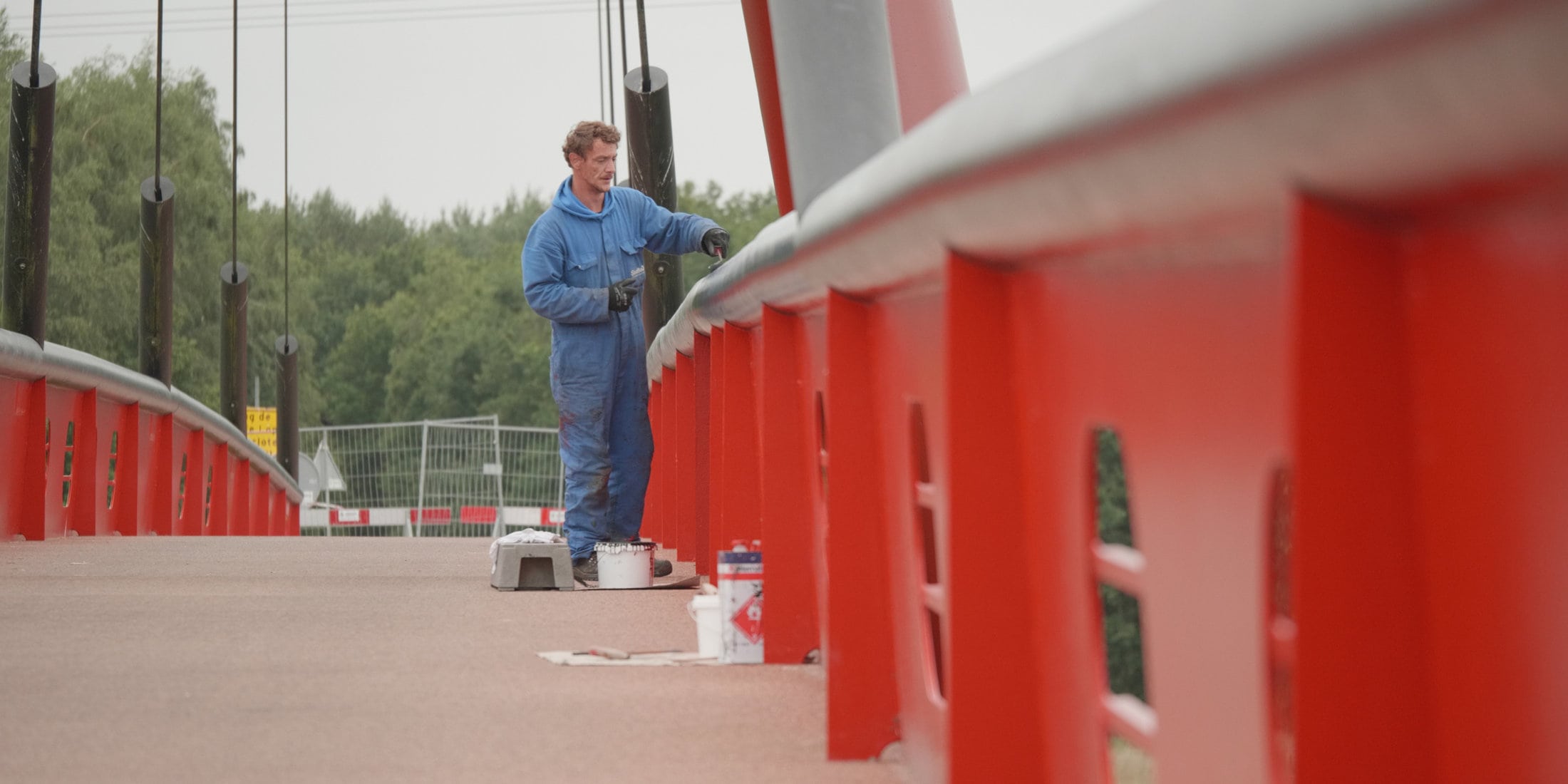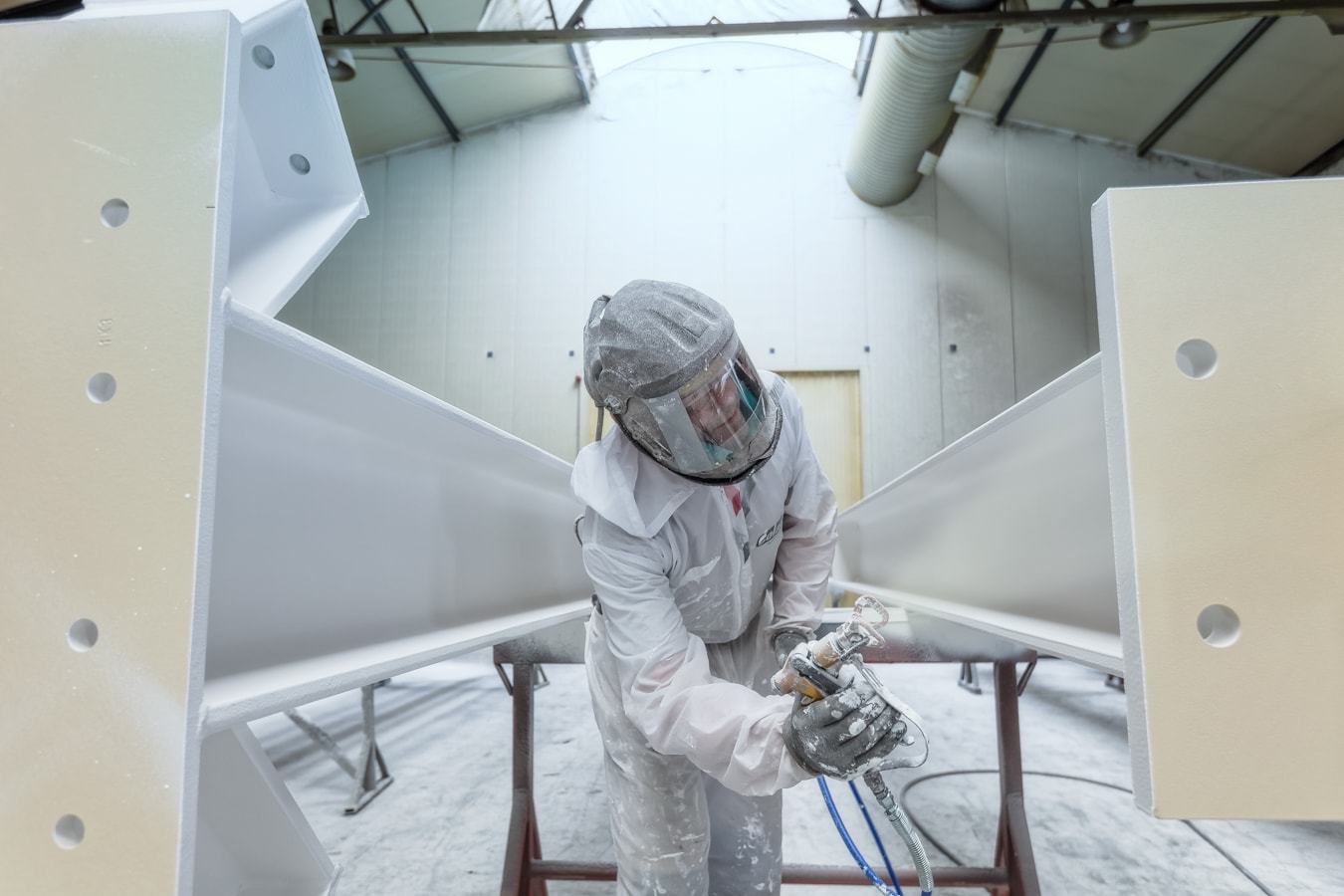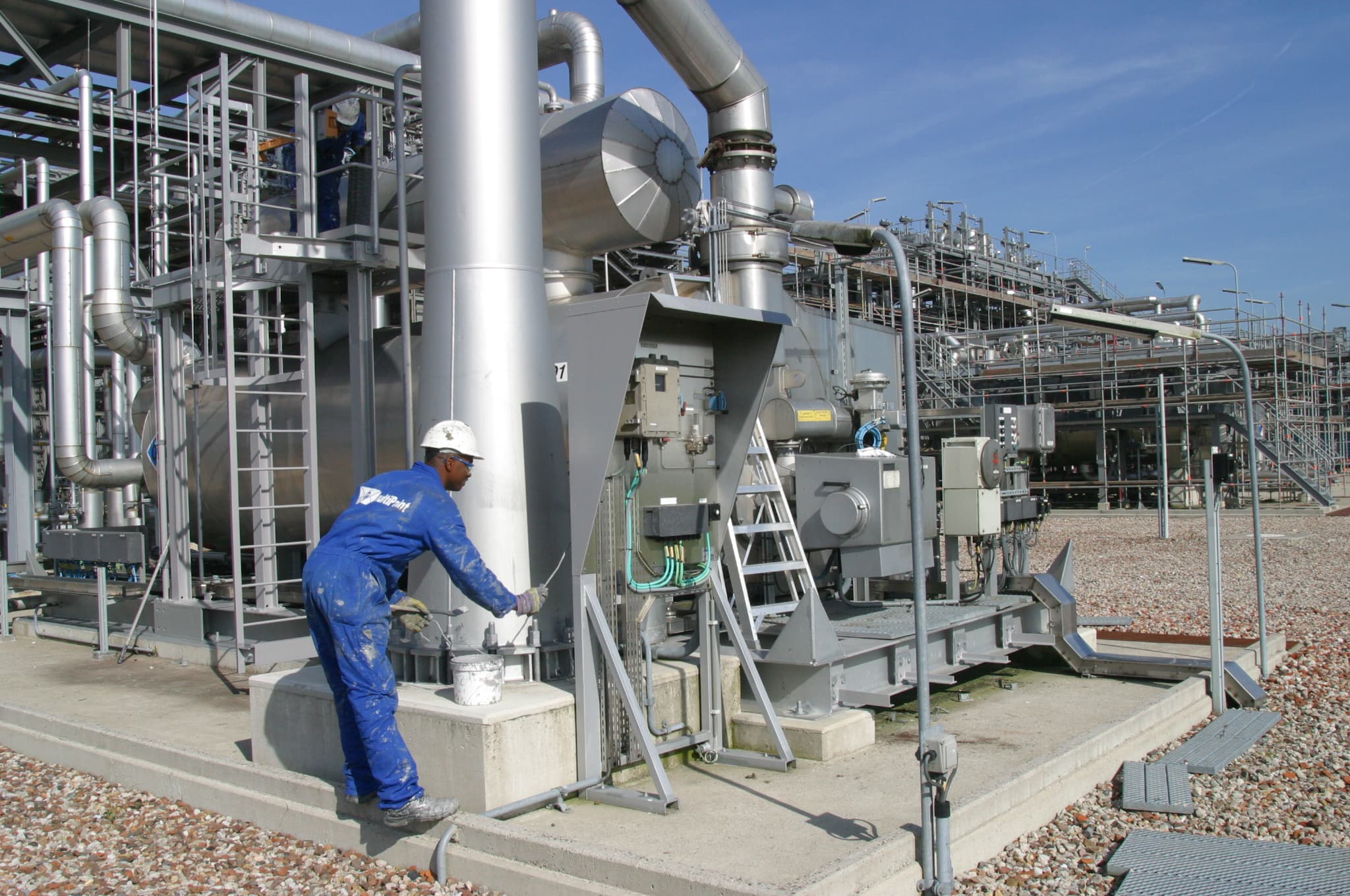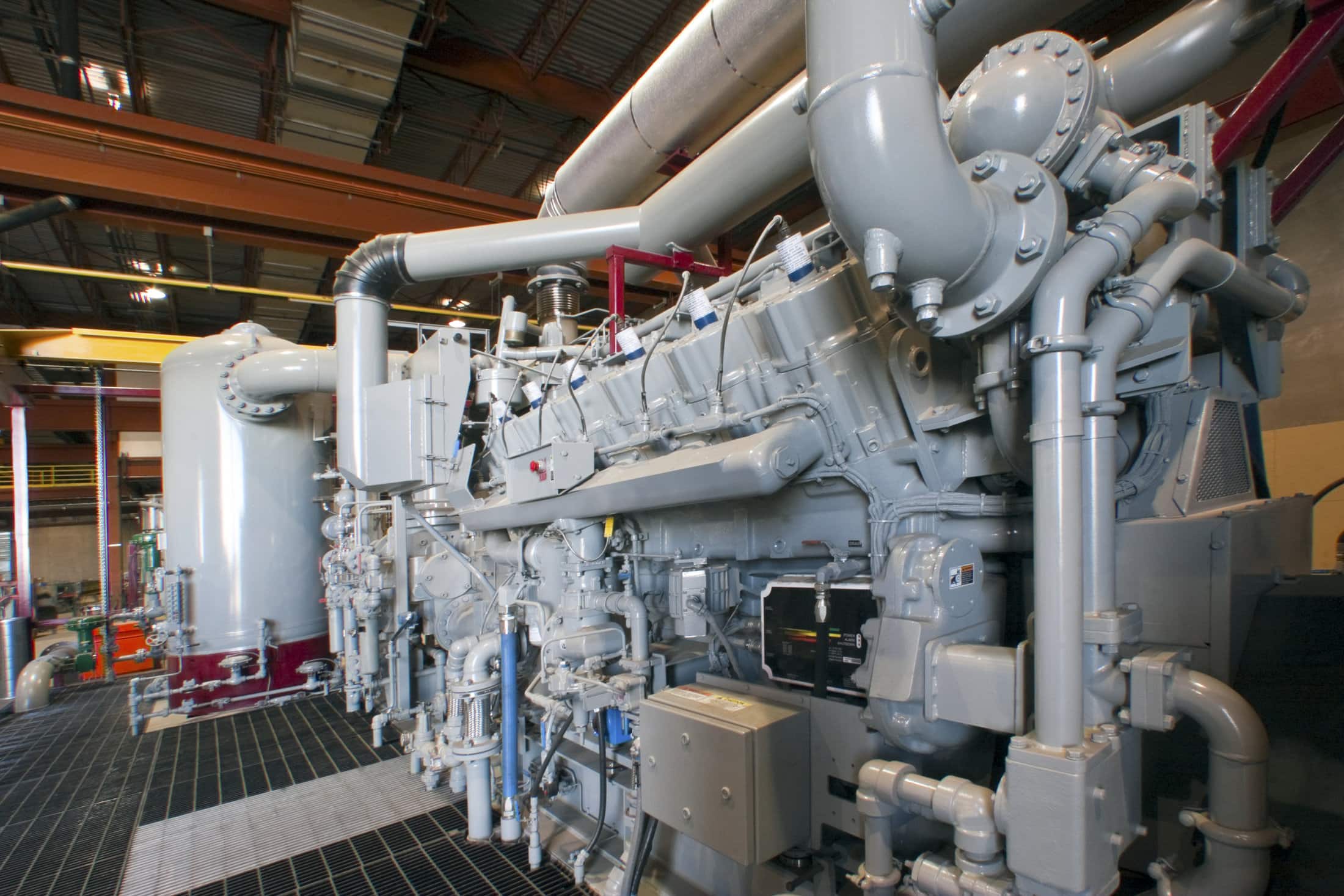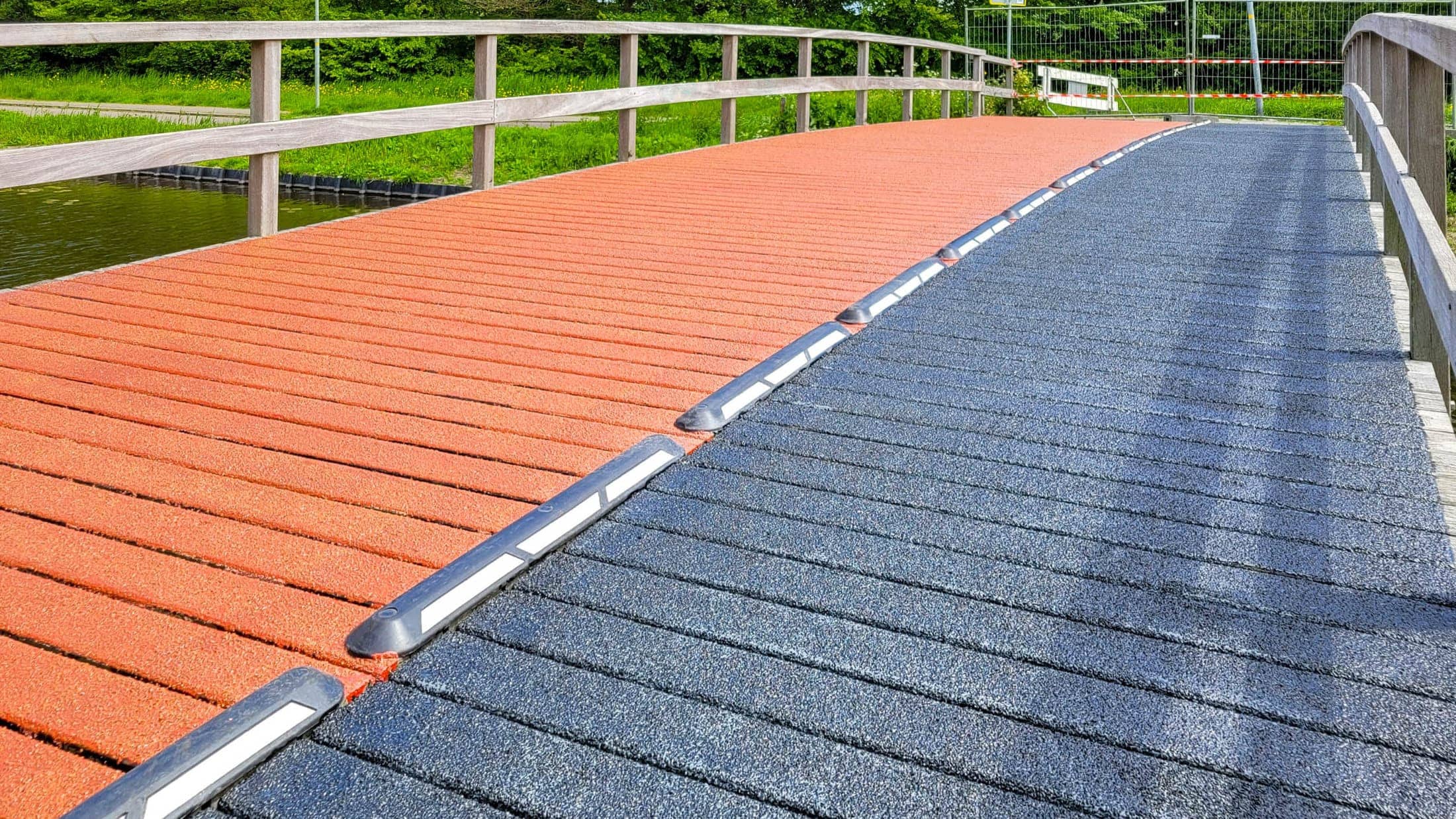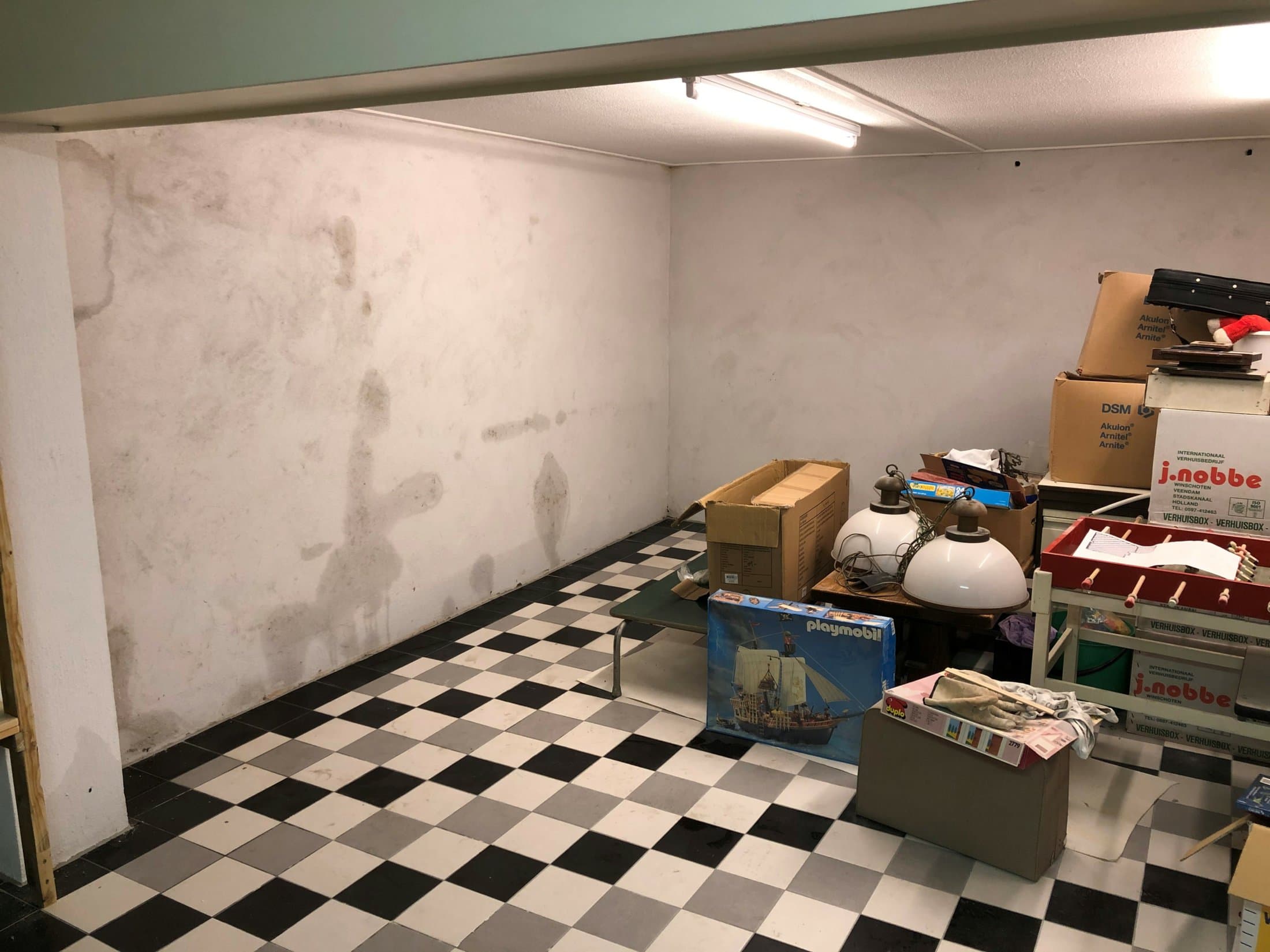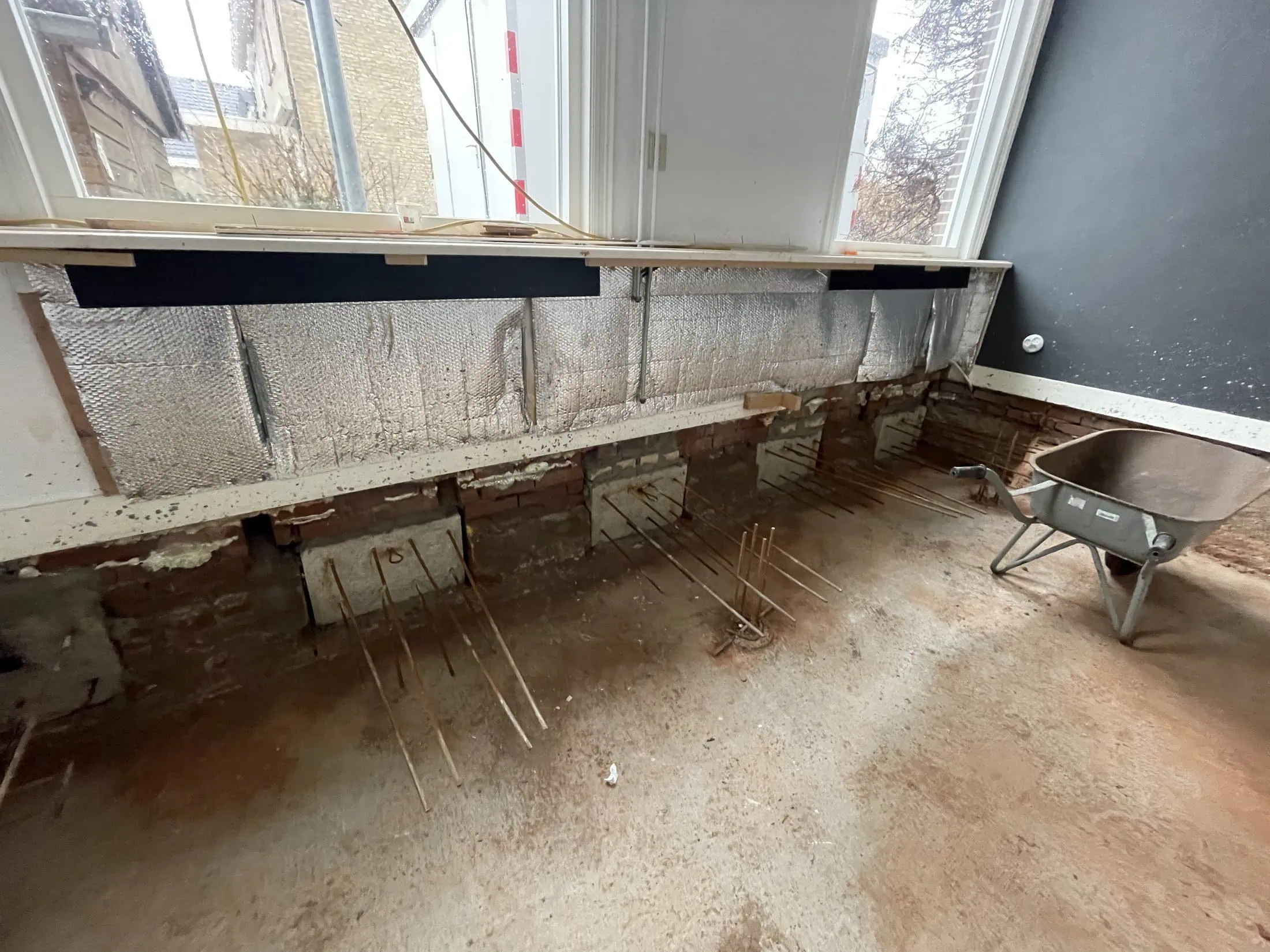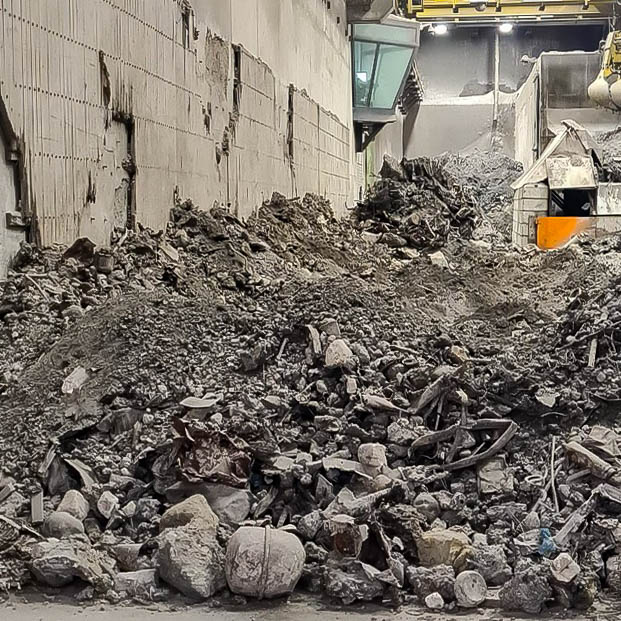A basement is a useful space for storage or even as living space, but it can also be a source of concern when water seeps in. Water in the basement is a common problem, particularly in areas with high groundwater levels or after heavy rainfall. This can lead to a damp basement, mold growth, and even structural damage. Discover on this page what you can do about water in your basement, how SealteQ helps solve the problem, and why our approach guarantees sustainable results.
Water in Basement
What to do when water enters your basement?
When you notice groundwater in your basement, it’s important to act quickly. Water in the basement after rain or due to rising groundwater levels can quickly cause serious damage such as concrete deterioration to both the basement and the rest of your property. Here are some immediate steps you can take:
- Identify the cause: try to determine where the water is coming from. Has the water seeped in through the walls or floors after rain? Or is it groundwater rising into the basement due to elevated groundwater levels?
- Remove the water: use a wet vacuum or submersible pump to remove excess water as quickly as possible. This prevents further damage and reduces the risk of mold growth.
- Ventilate the basement: ensure proper basement ventilation to reduce humidity. This helps dry out the space and prevents further mold growth.
The relationship between basement, foundation, and subsoil
In many cases, a basement is part of a building’s foundation. The foundation includes all components that transfer loads (weight) to the subsoil. This includes concrete slabs, walls, or piles, depending on soil conditions and construction method. The interaction between the basement, foundation, and subsoil largely determines the risk of settlement, cracking, or leakage.
When the Basement is Part of the Foundation
Why do tensions and damage occur in buildings with a basement and shallow foundation?
- A shallow foundation means the building rests directly on the ground, usually at a shallow depth of less than one meter.
- Basements are constructed deeper than the rest of the building, often several meters below ground.
- Due to these depth differences, the basement usually settles less or differently than the rest of the building. This is because the basement sits deeper in the ground and is therefore more stable.
- This difference in settlement causes structural tensions, which can lead to cracks or leakage.
In short, the difference in depth between the basement and the rest of the building causes uneven settlement, which can lead to tensions and ultimately damage.
This risk increases with fluctuating groundwater levels or when the subsoil consists of weak or organic materials, such as peat. In such cases, despite its more stable position, the basement can still suffer damage due to the uneven movements of the surrounding foundation.
When the Basement is not Part of the Foundation
In other cases, a basement is not or only partially part of the foundation. For instance, if a building is supported by piles and the basement essentially hangs beneath it – then the basement sits in a different soil layer and receives less support. When the soil beneath the basement settles or compacts, it can separate from the building. This not only leads to structural damage but almost always results in leakage: the basement essentially “tears away” from the rest of the building.
The Effect of Subsoil on Settlement
In the Netherlands, continuous soil subsidence occurs, caused by factors including groundwater level changes, soil compaction, and oxidation of organic soils such as peat. Organic material literally disappears from the soil when exposed to oxygen, reducing its bearing capacity. This primarily occurs above the groundwater level, where soil dries out and shrinks.
Each soil type has its own characteristics and risks. With uneven foundation – for example, when one part rests on shallow foundation and another on piles – different parts of the building settle unevenly. This inequality leads to damage. When such damage occurs in a basement, where groundwater is often present, it quickly leads to leakage in practice.
How we solve basement water problems for you
At SealteQ, we understand that a damp basement is not just an inconvenience but a serious problem requiring a thorough approach. We offer comprehensive solutions for moisture due to basement leakage and groundwater infiltration. Our approach begins with a thorough inspection and moisture measurement to determine the exact cause of the problem. We then develop a basement waterproofing plan specifically tailored to your situation. We use advanced polymer-modified bitumen and seal basement walls and floors with concrete injection.
Whether you’re a private homeowner or responsible for managing utility buildings such as schools, hospitals, or parking garages, SealteQ offers customized solutions for basement waterproofing. Our expertise extends across various sectors, including housing associations, Homeowners Associations (HOAs), and government institutions. With our advanced techniques and years of experience, we provide sustainable and effective solutions tailored to each client’s specific needs.
Specialization in Injection Techniques
For basement water issues, we frequently work with injection techniques. We use these techniques to prevent or repair settlement. They are particularly effective for foundations that settle unevenly due to differences in subsoil, foundation type, or basement structure. With soil injection, we can improve the soil’s bearing capacity beneath the basement, correct settlement, and prevent or repair leaks.
Another application of this technique is waterproofing via injection behind concrete. We do this in tunnels, among other structures, where we inject through drill holes to create a waterproof layer between concrete and surrounding soil. This specialized application is particularly relevant for large infrastructure projects and government authorities.
Water in your basement? Contact SealteQ
Are you experiencing water in your basement? SealteQ is your reliable partner in moisture control and basement waterproofing. With our years of experience in solving moisture problems in basements, we offer solutions that ensure a dry and healthy living environment. Whether it’s rising damp, basement leakage, or groundwater in the basement, we have the expertise to effectively address any problem.
Don’t let the water problem escalate. Contact SealteQ today for a no-obligation inspection and discover how we can make your basement dry again. We ensure your basement is protected against future problems.


